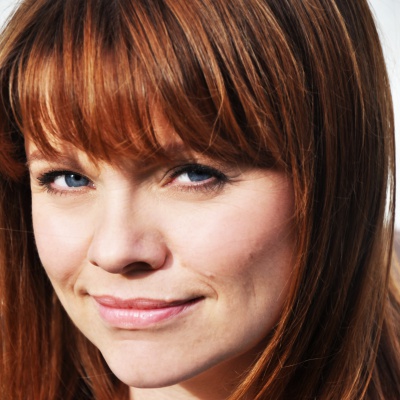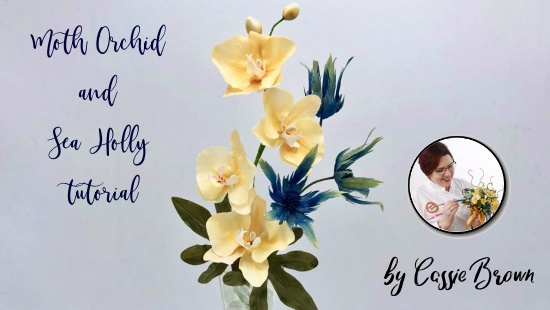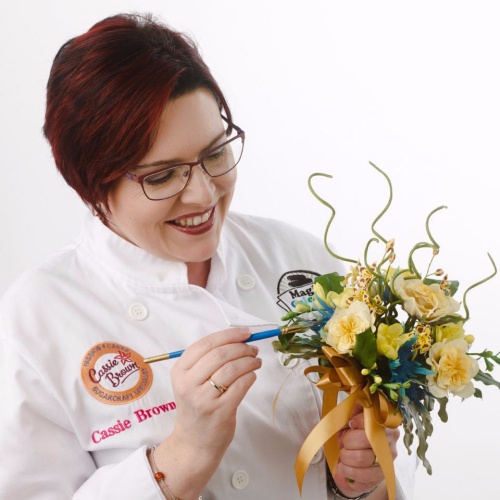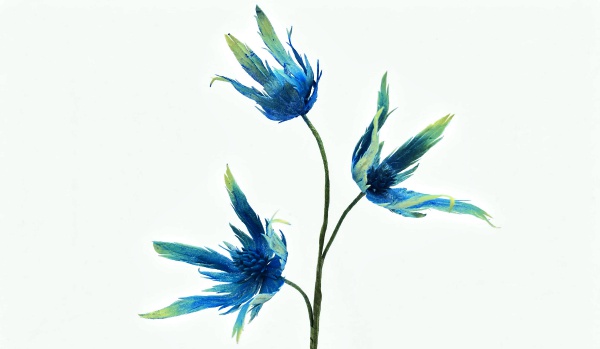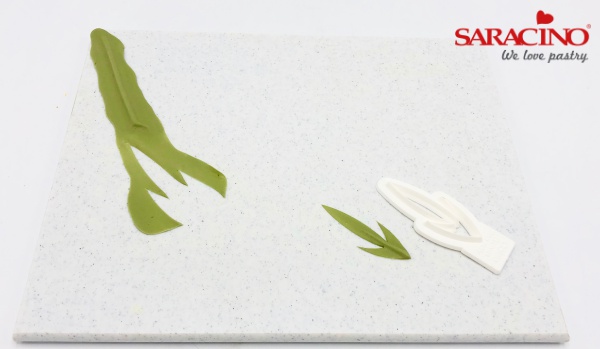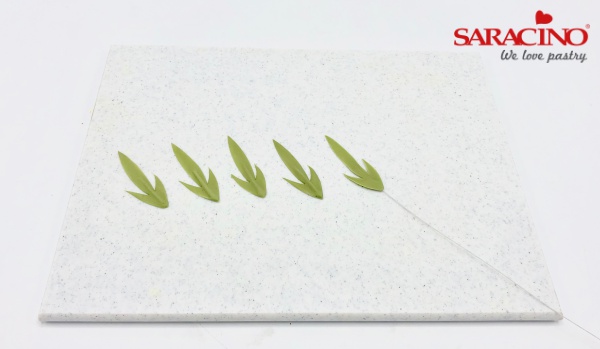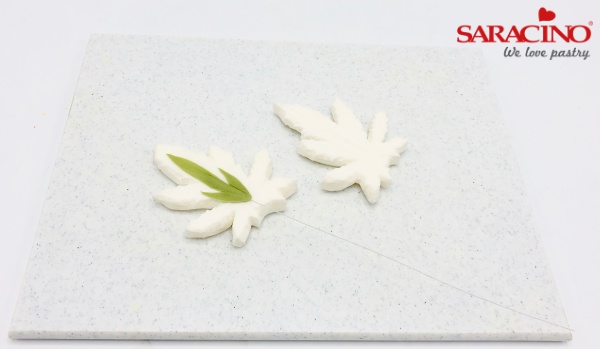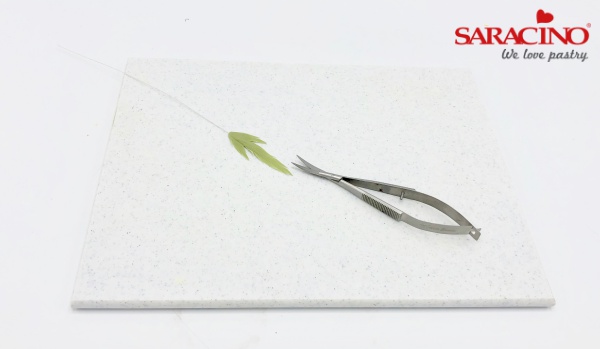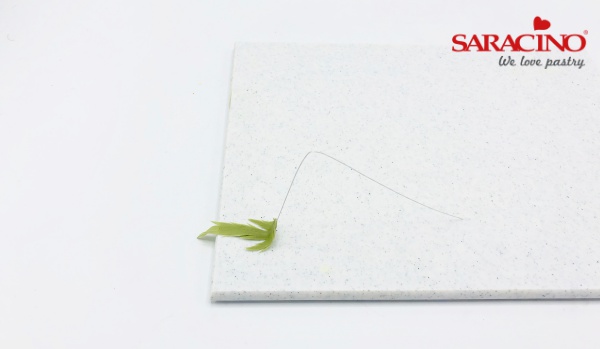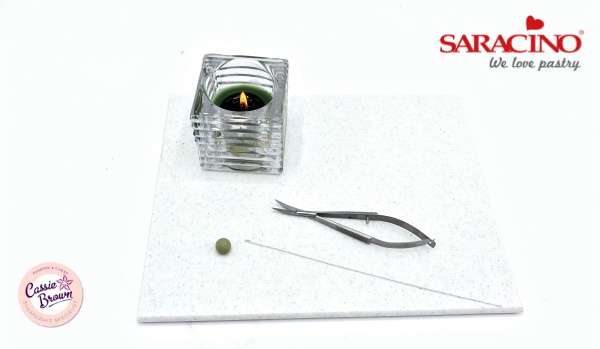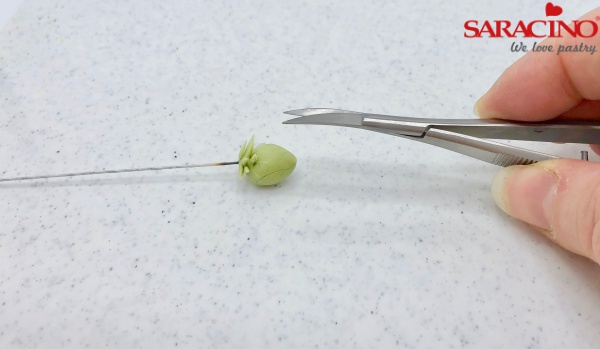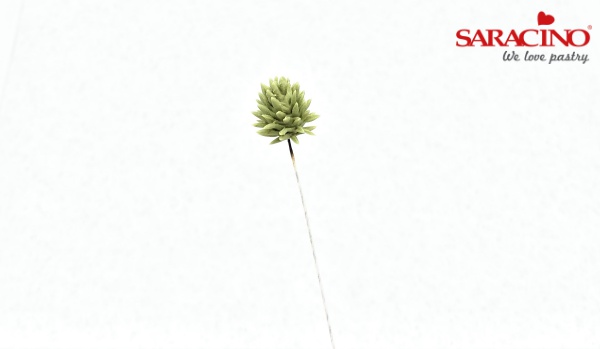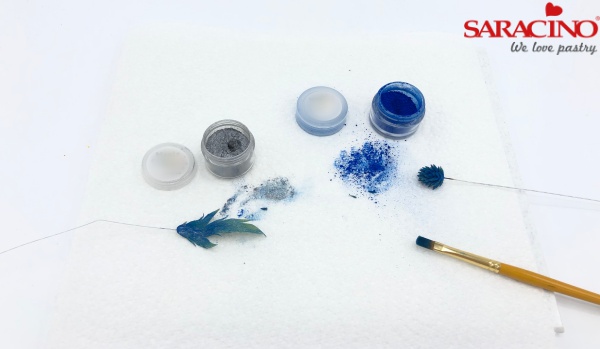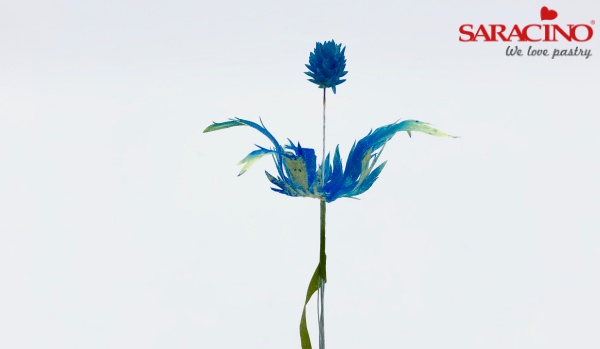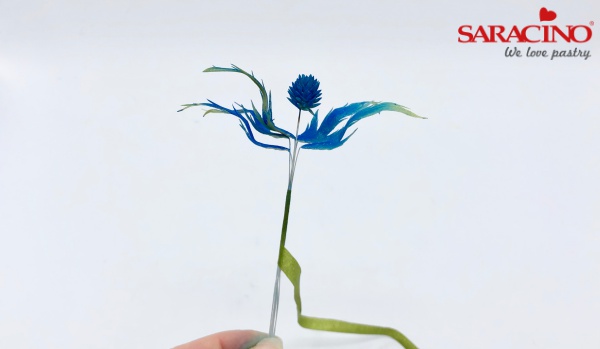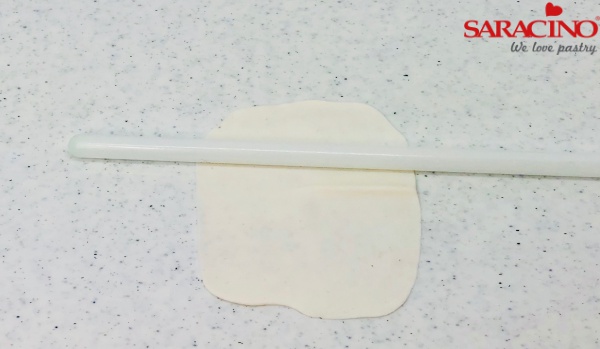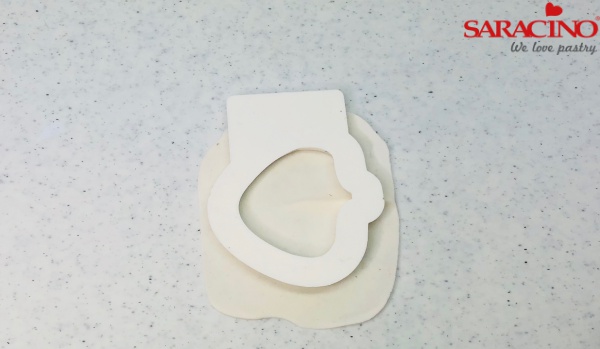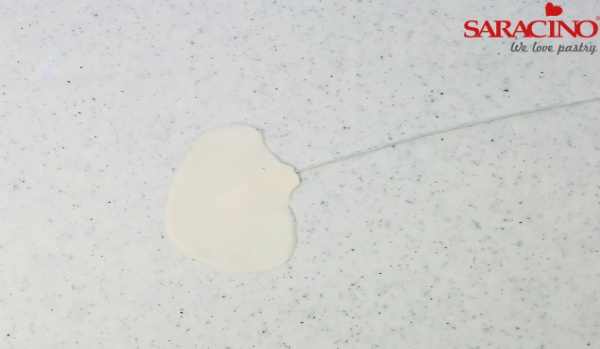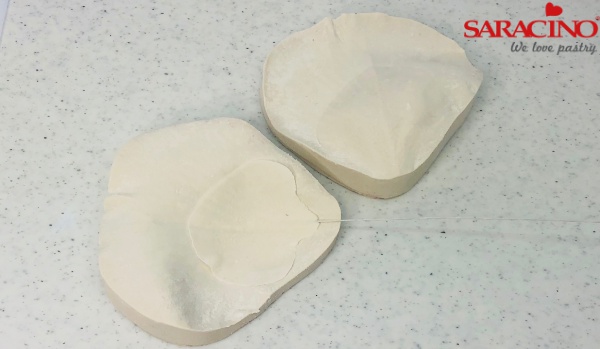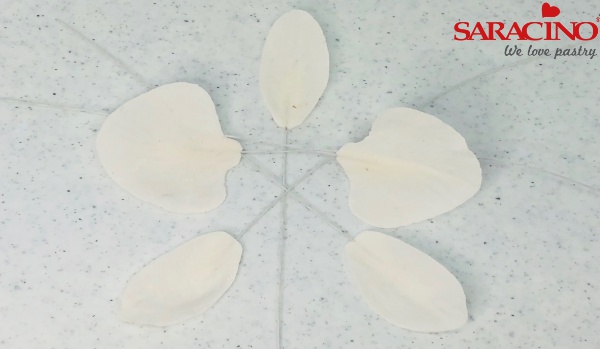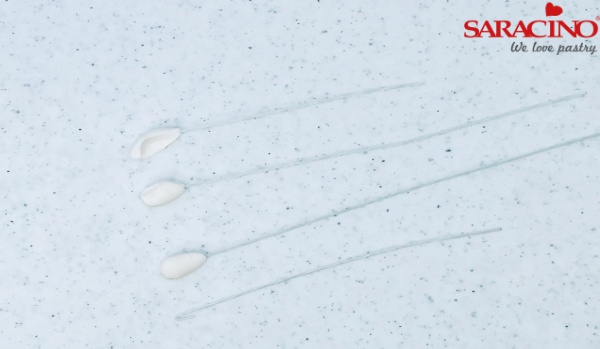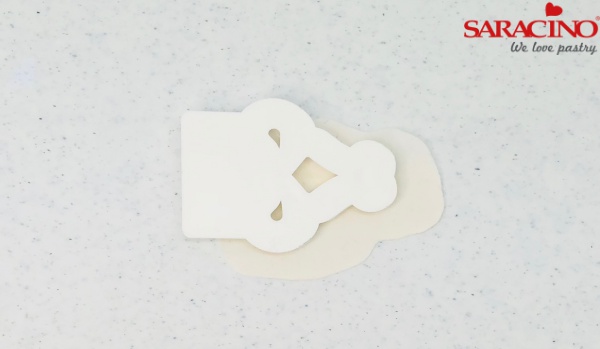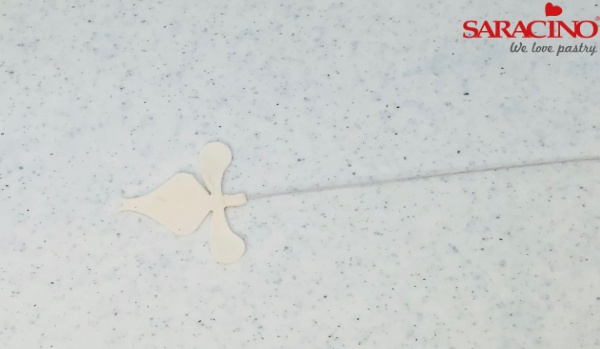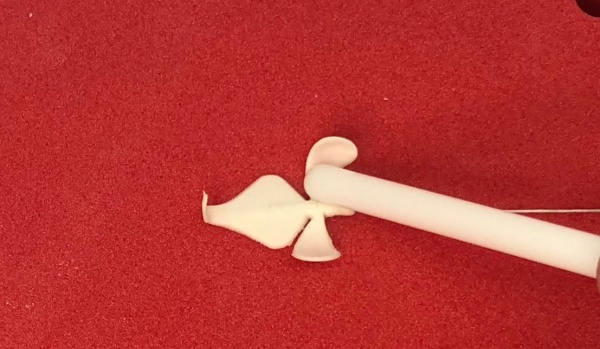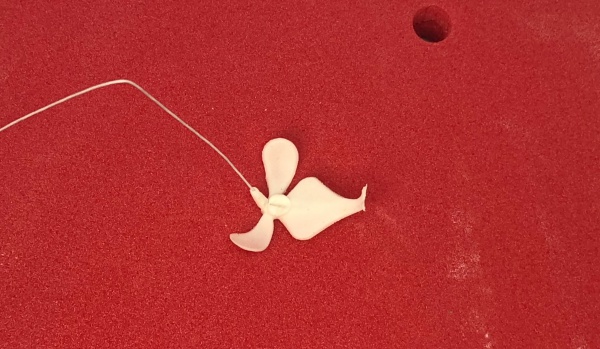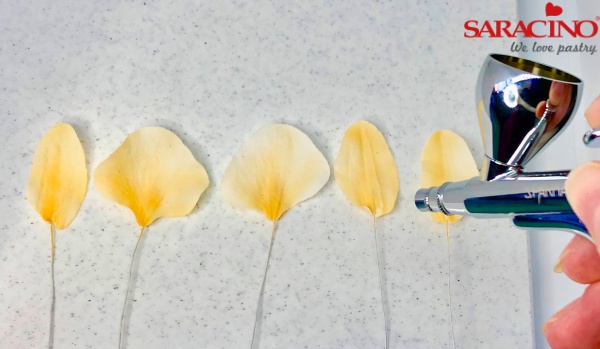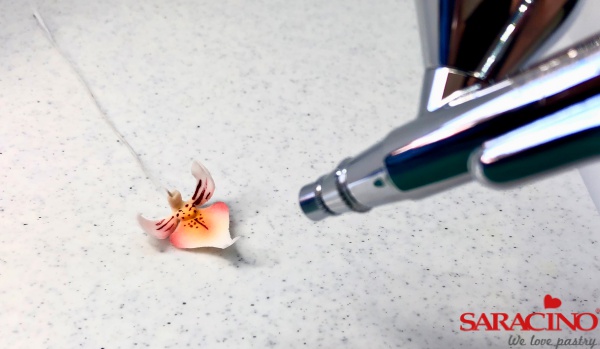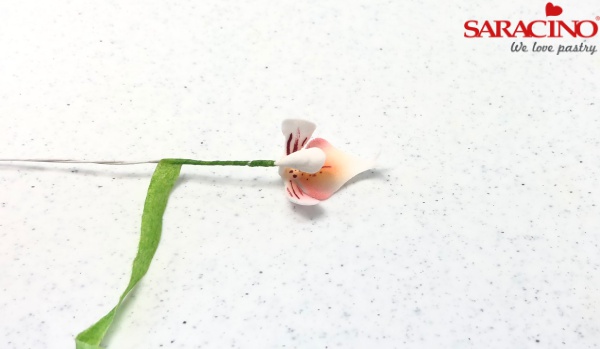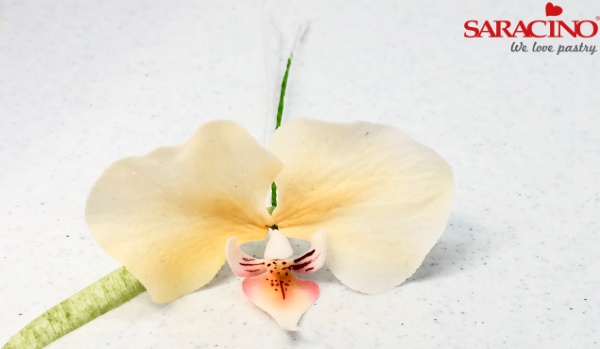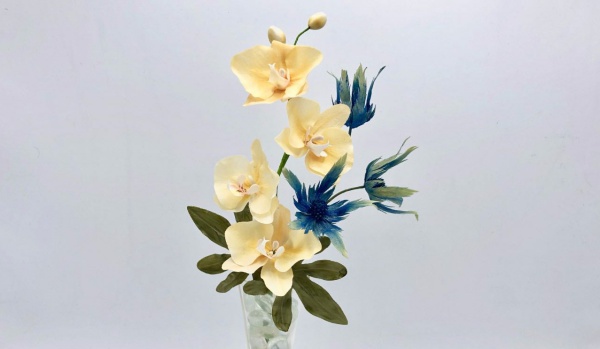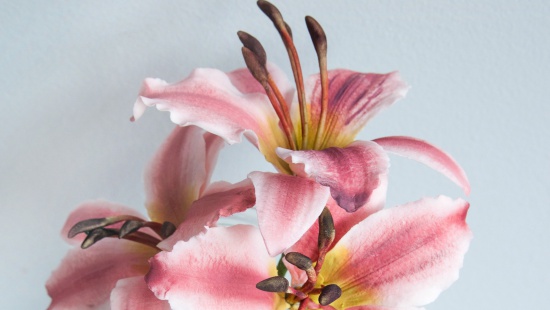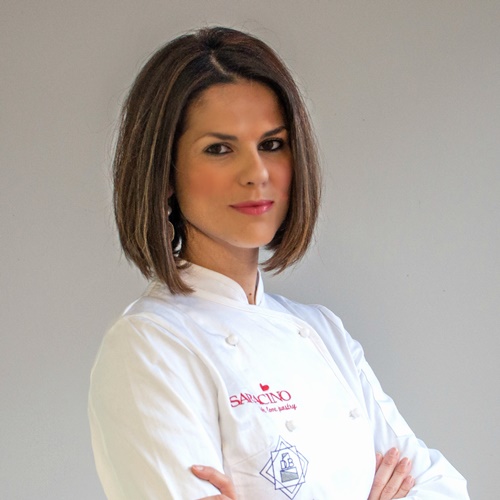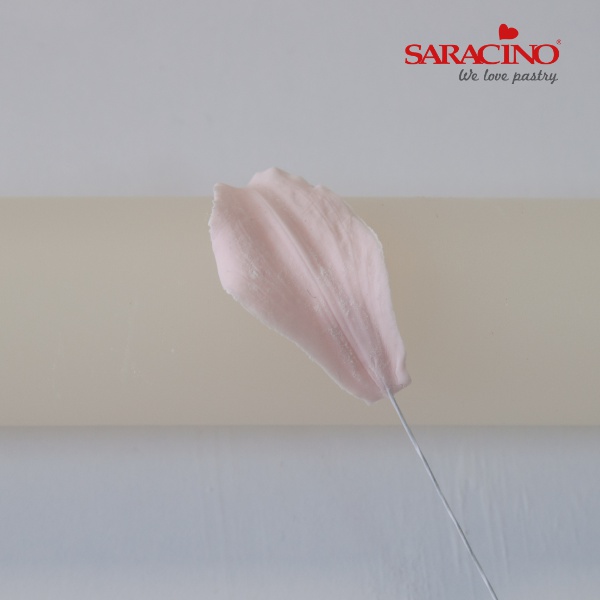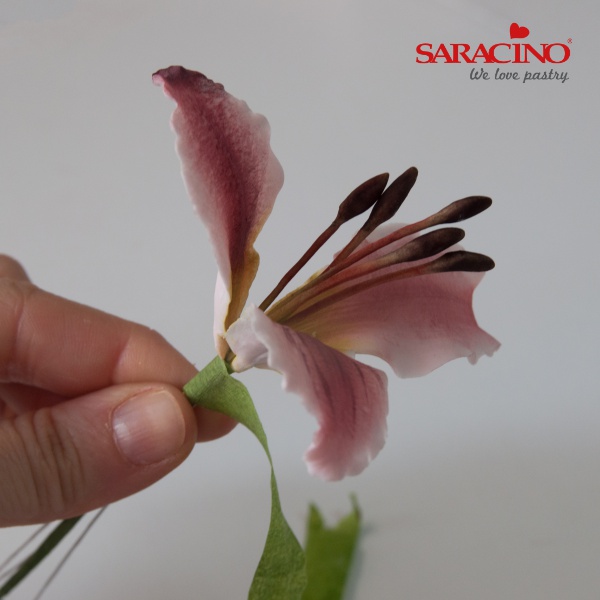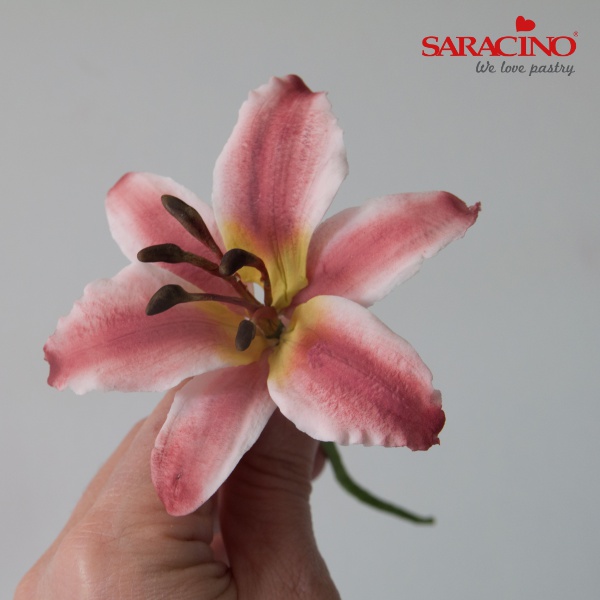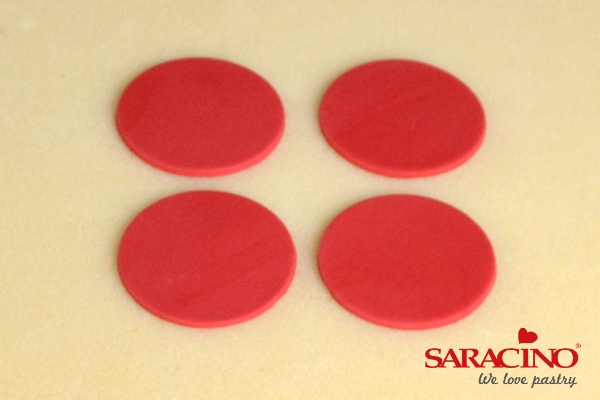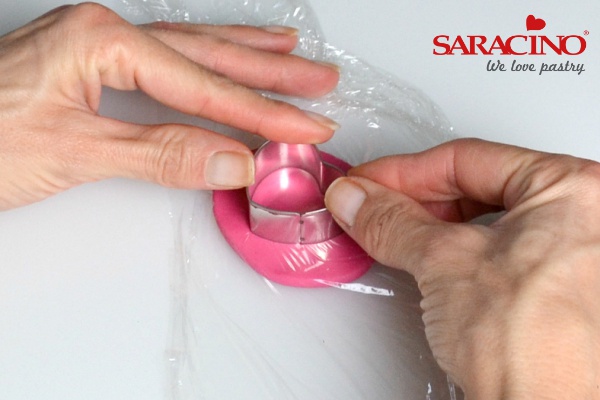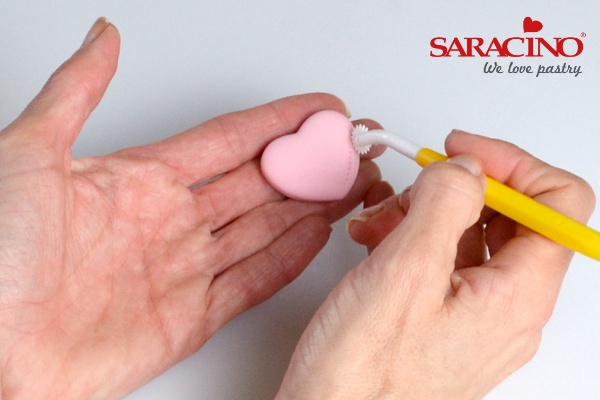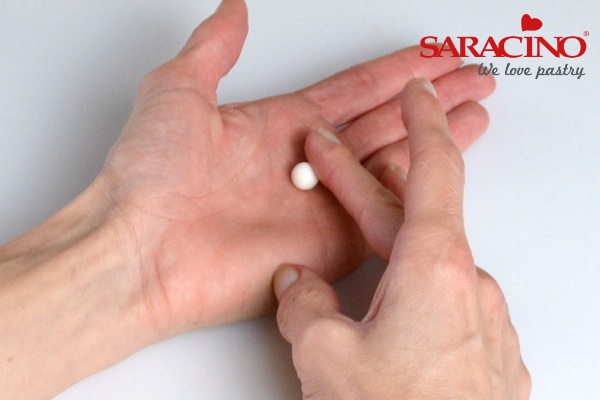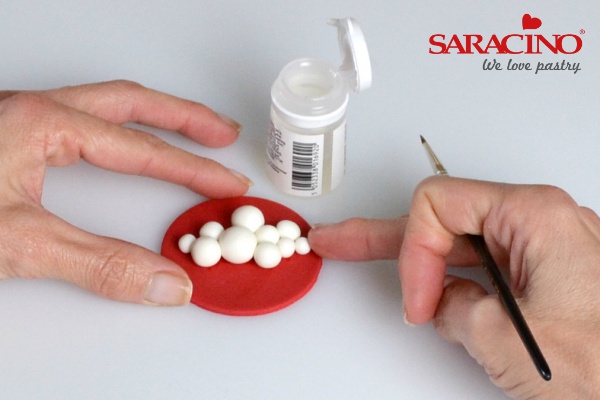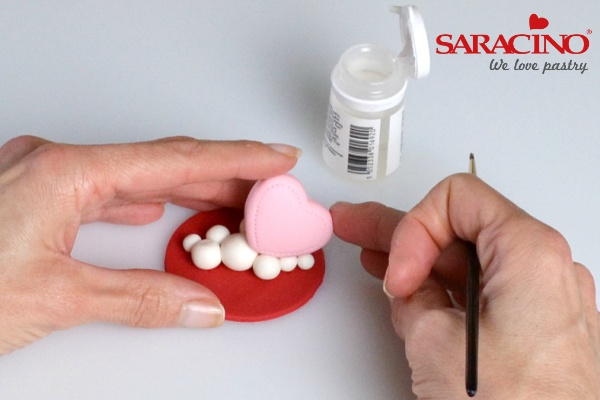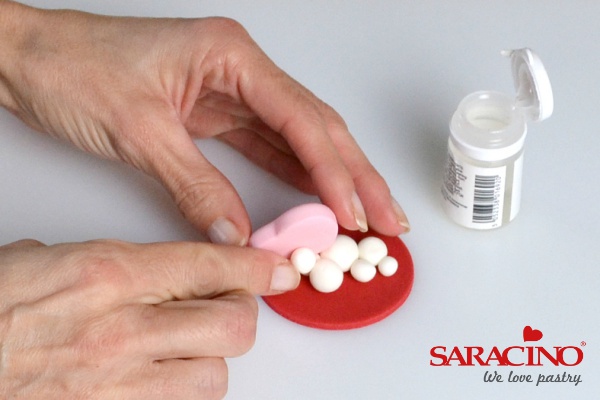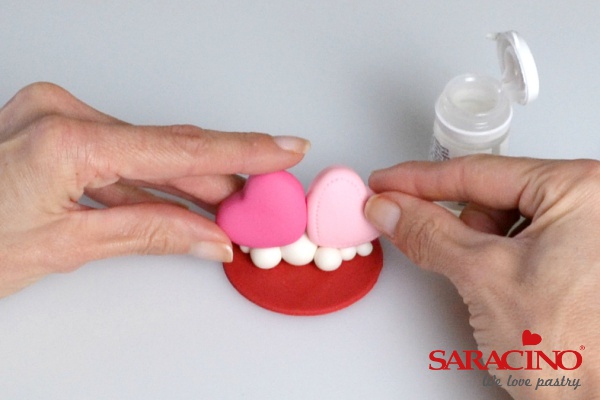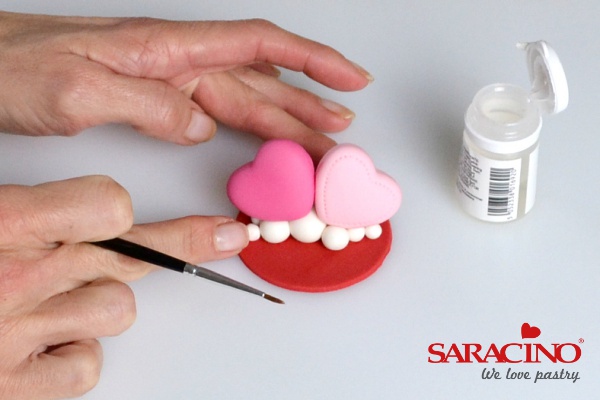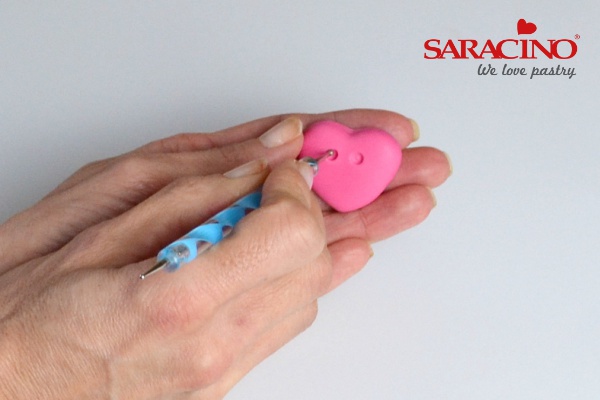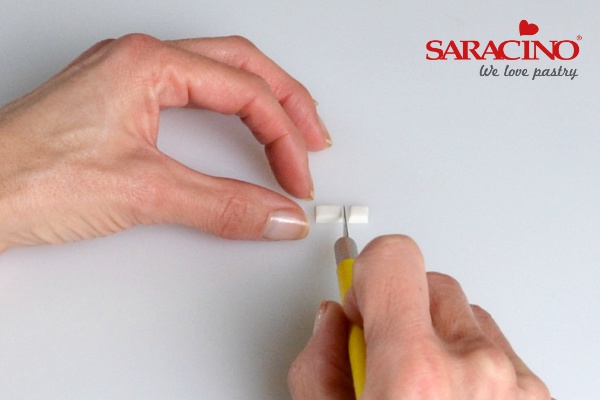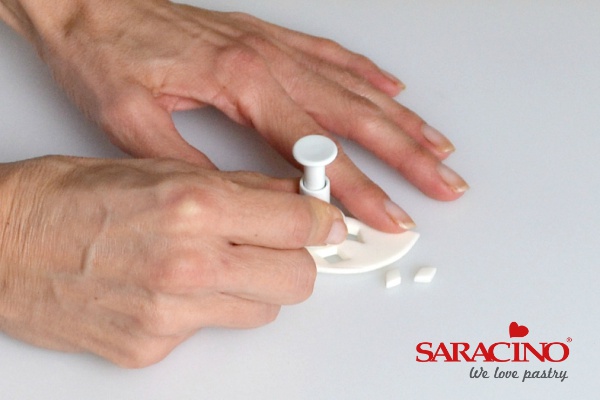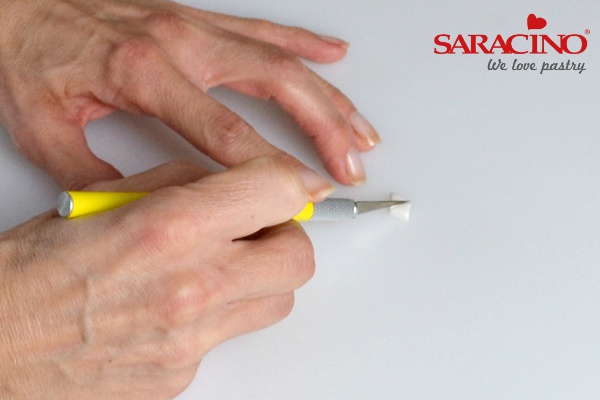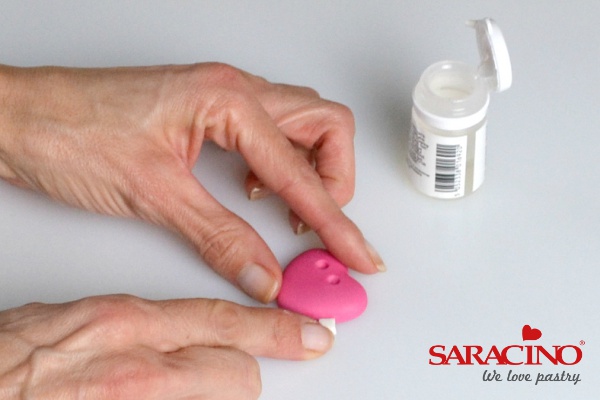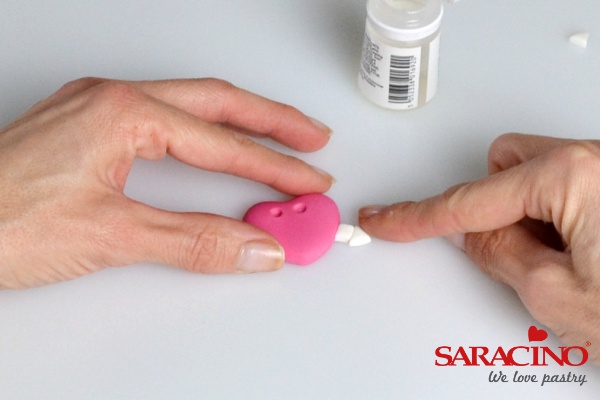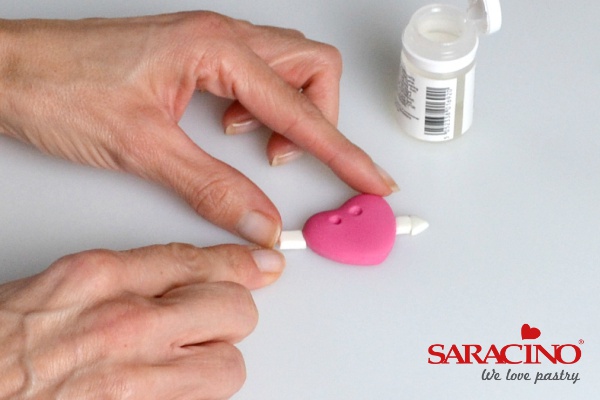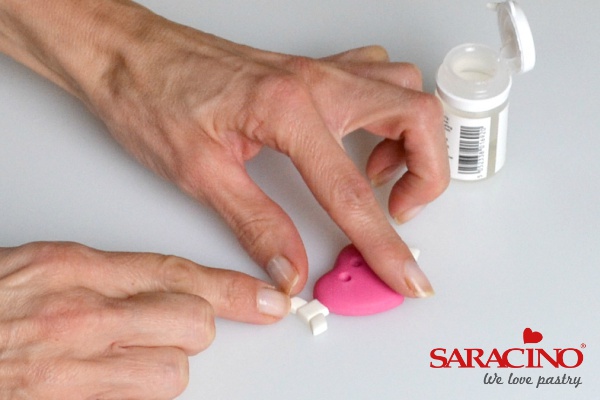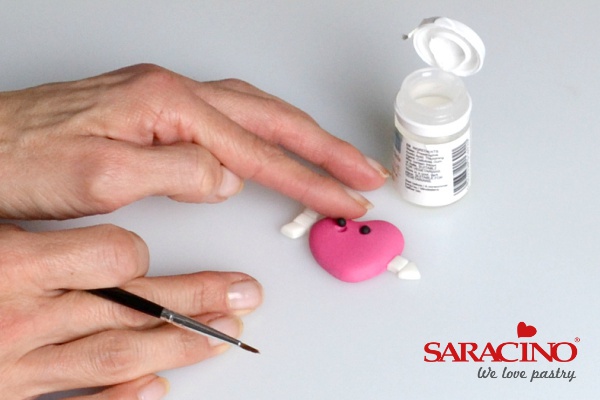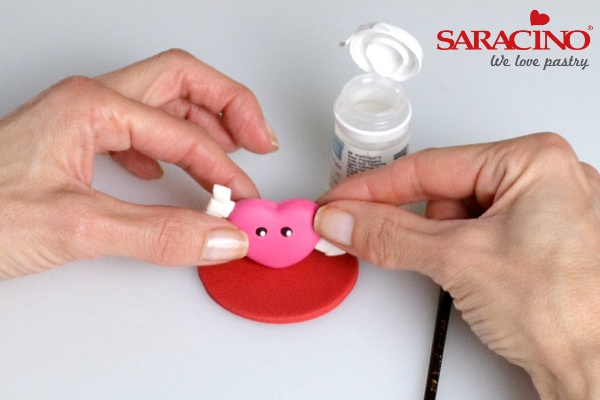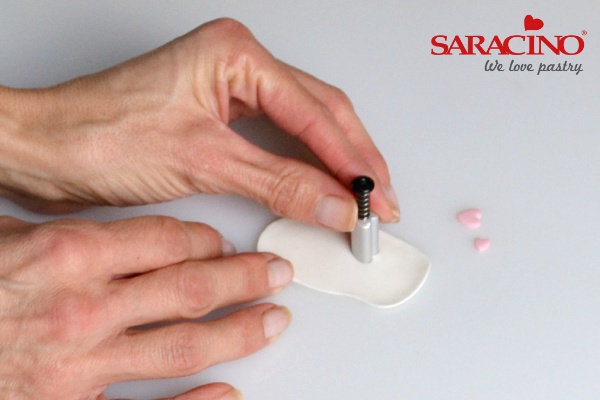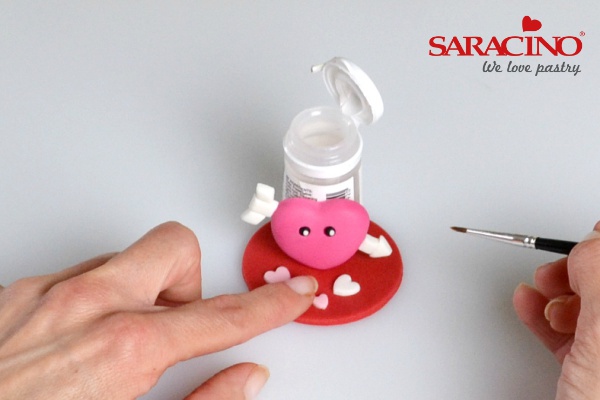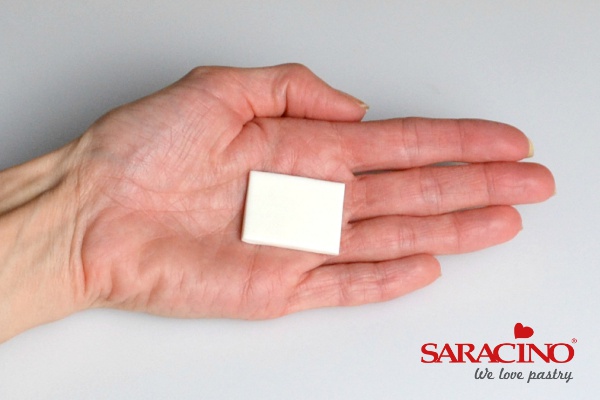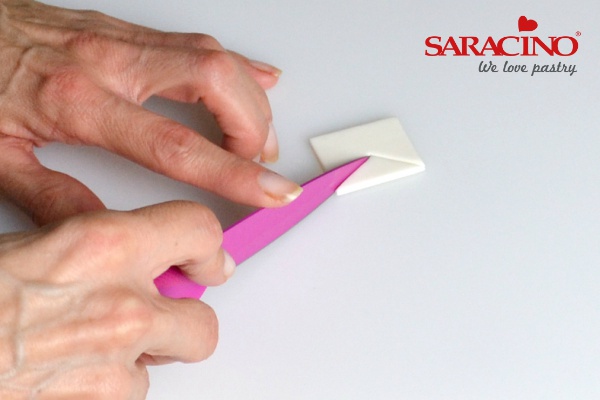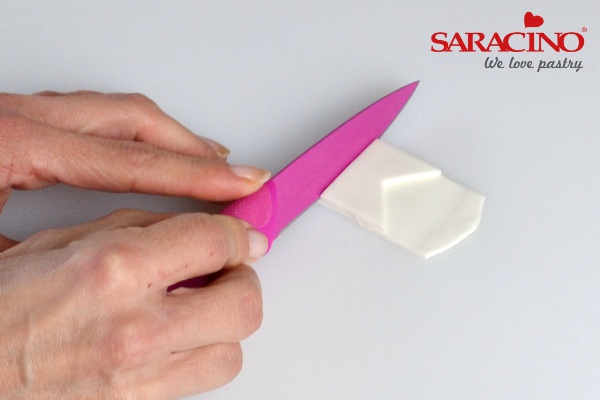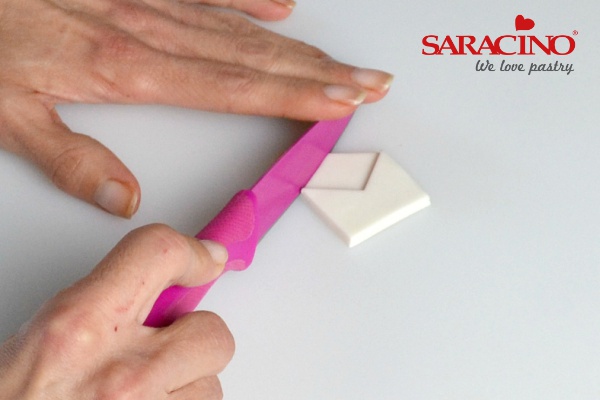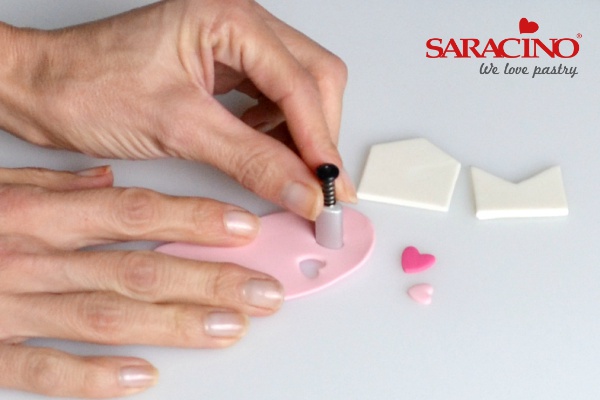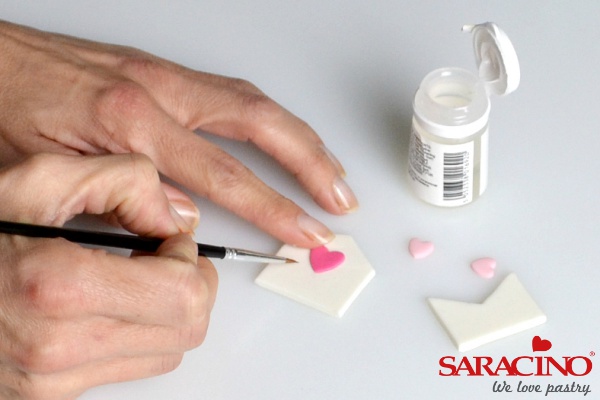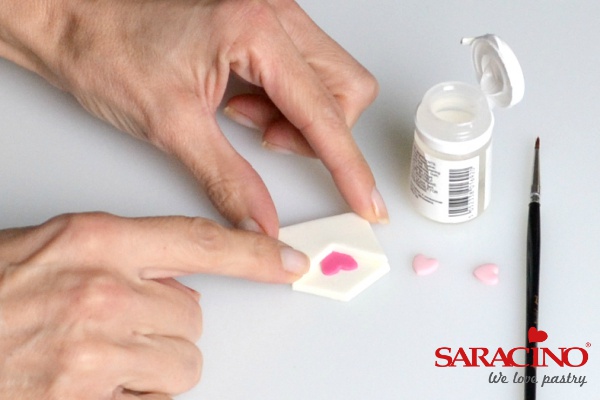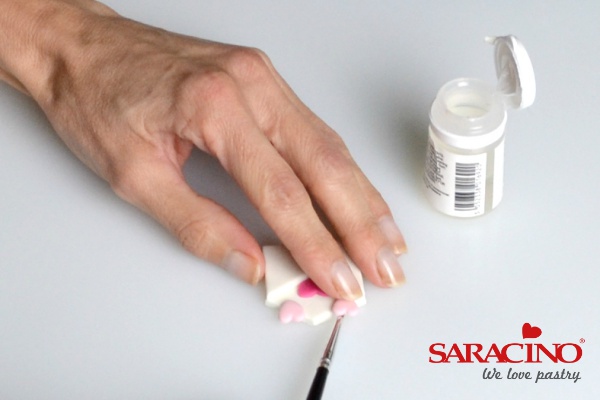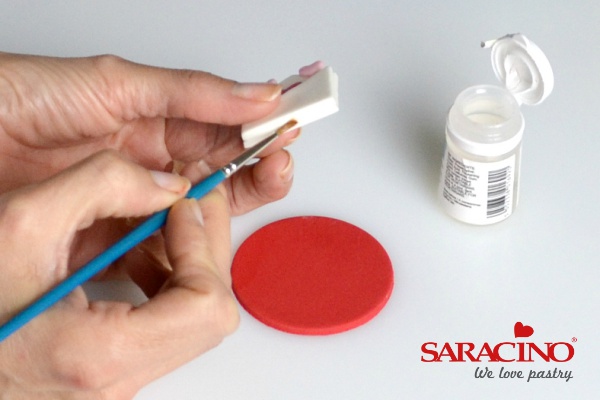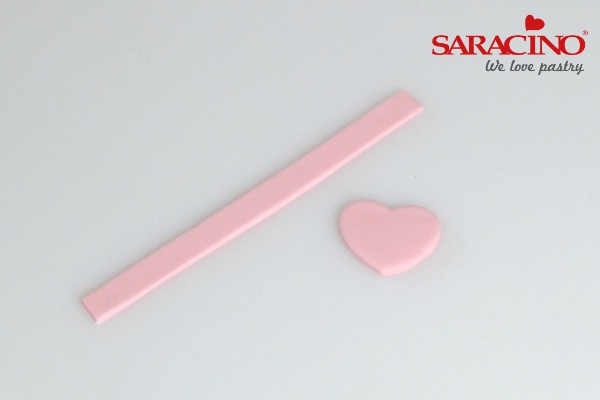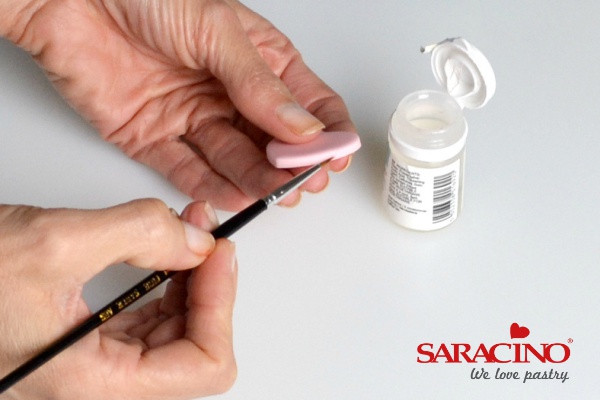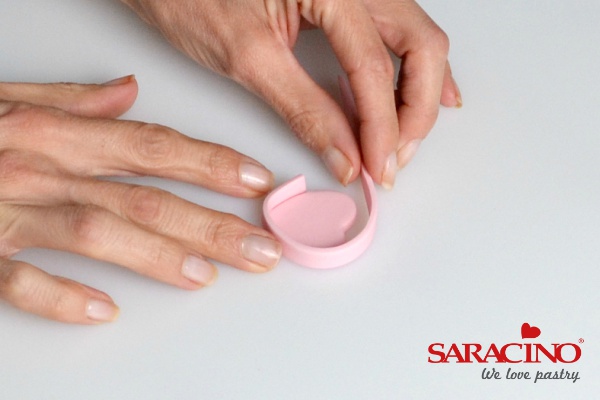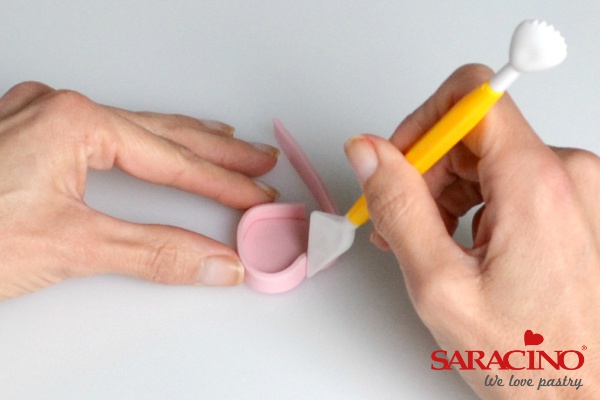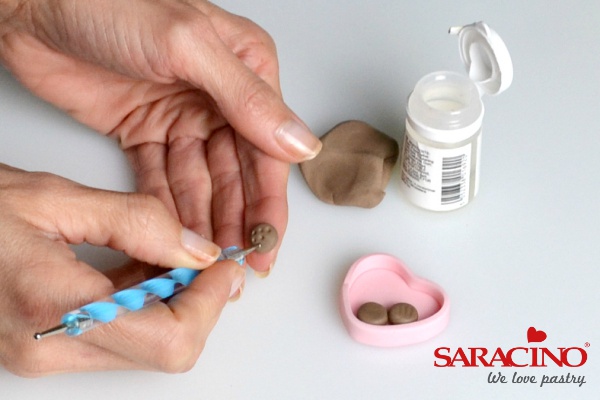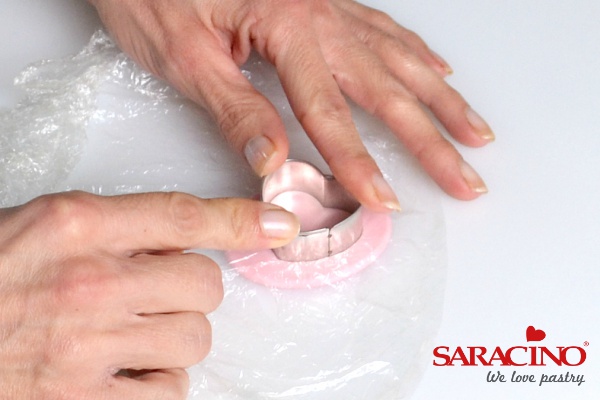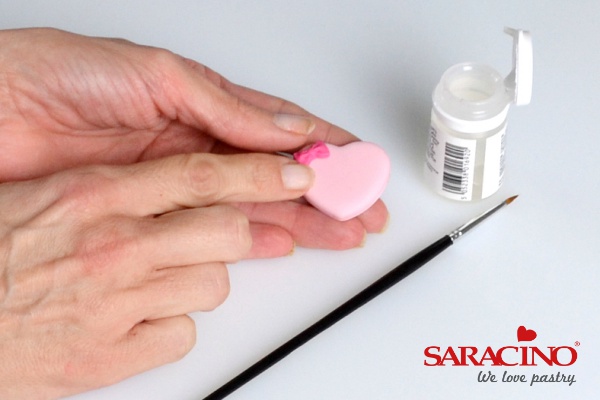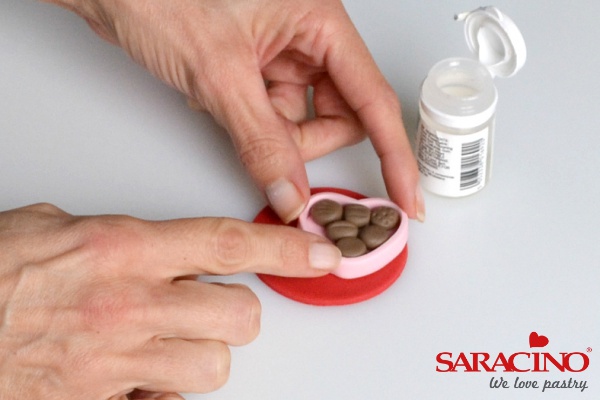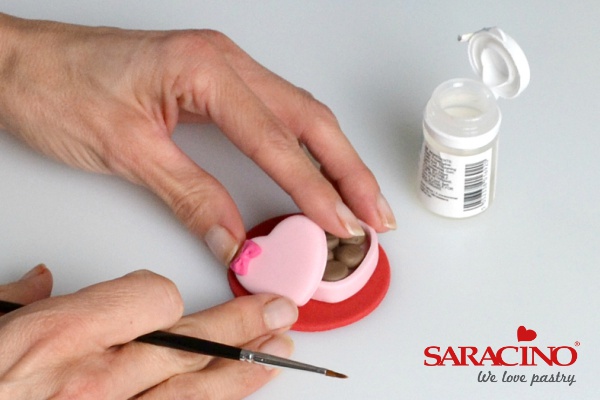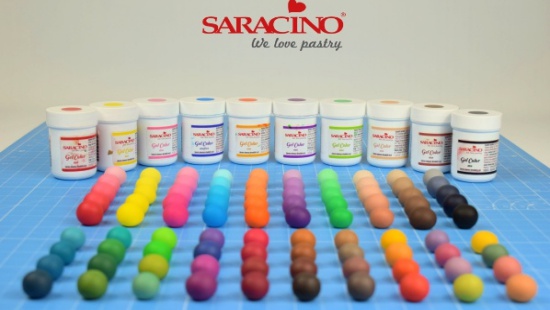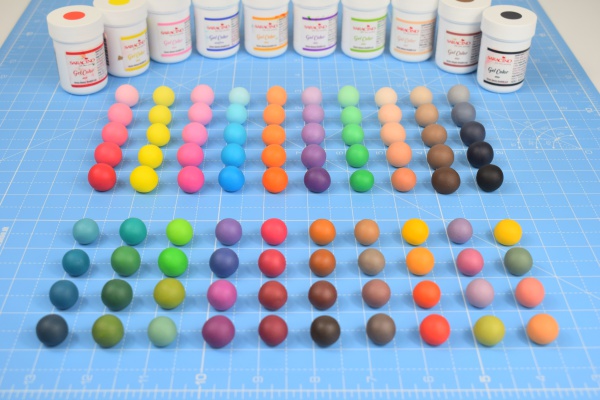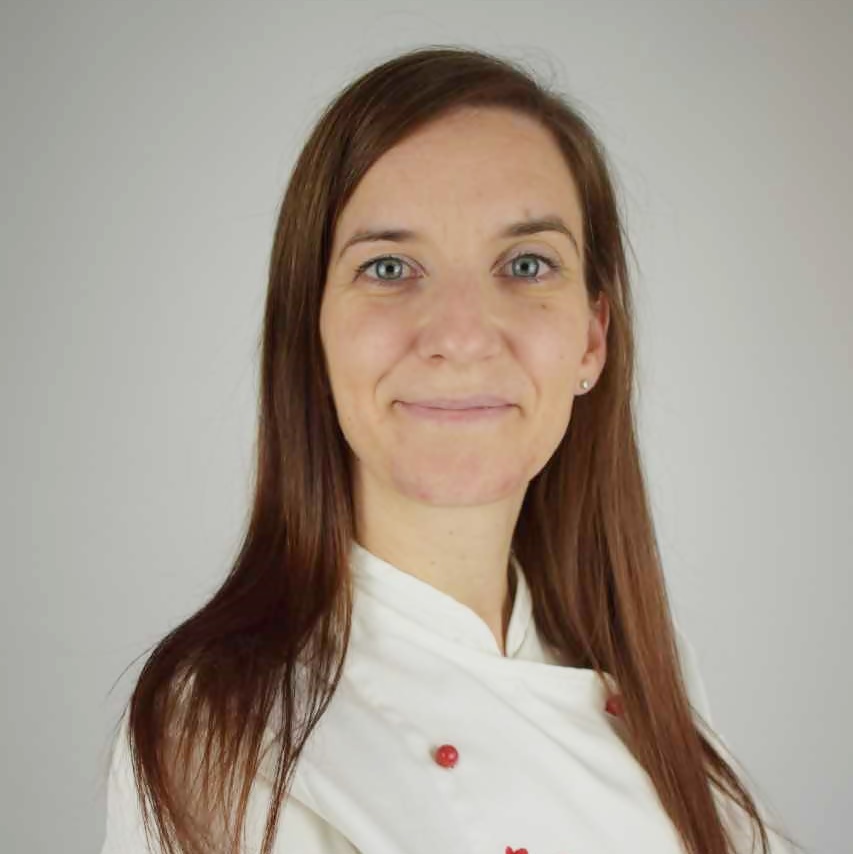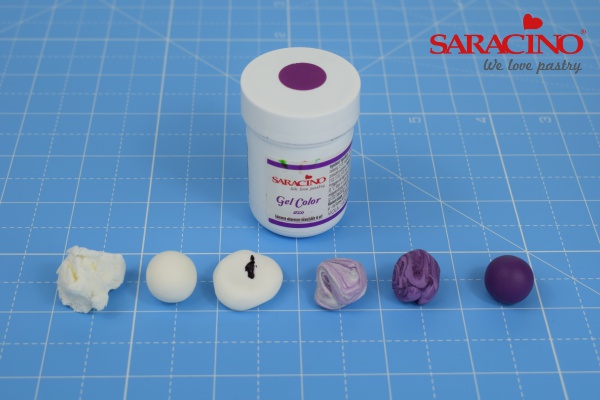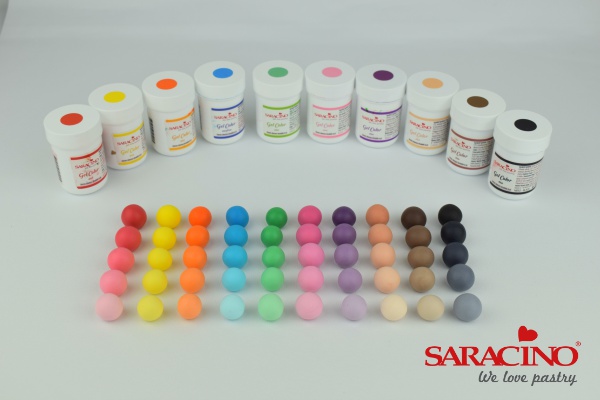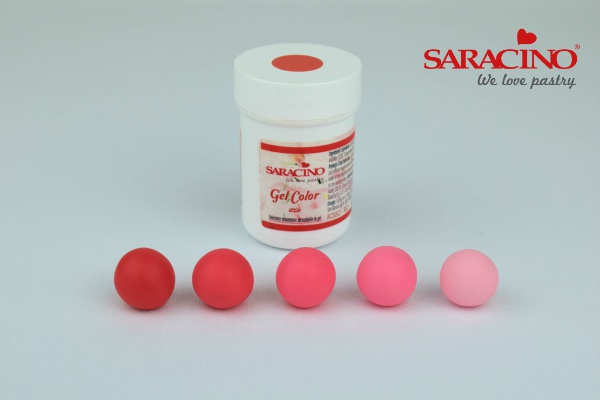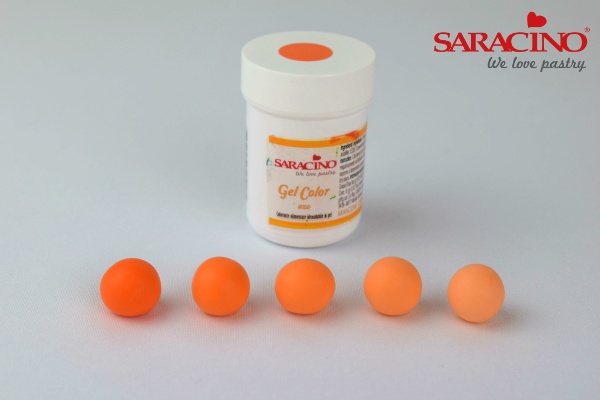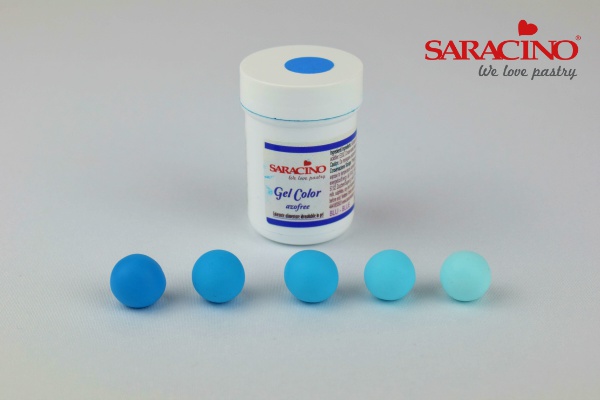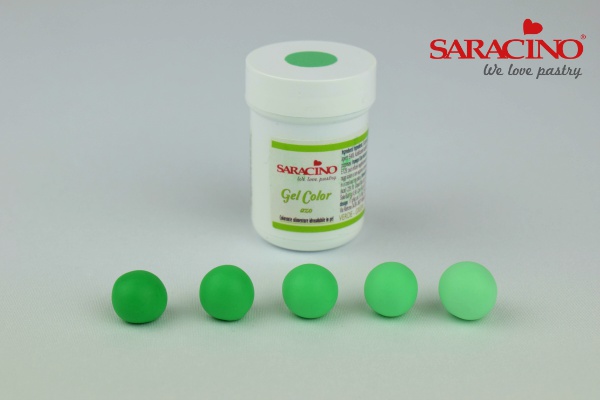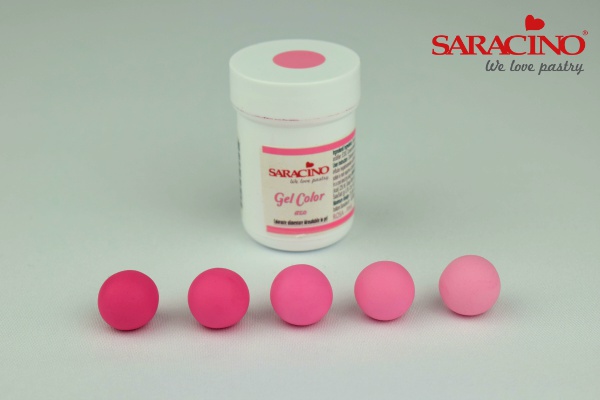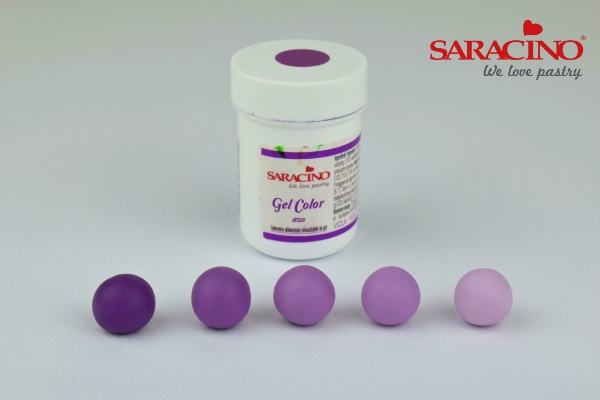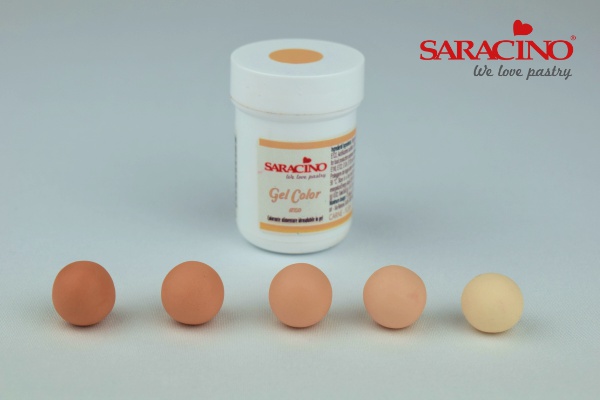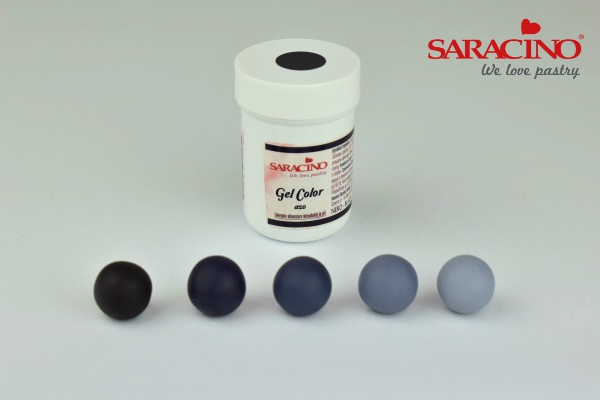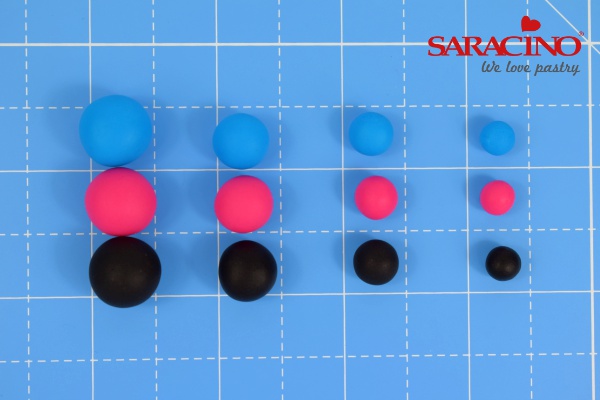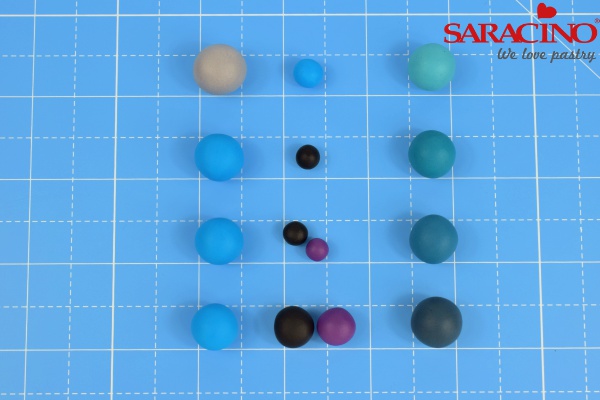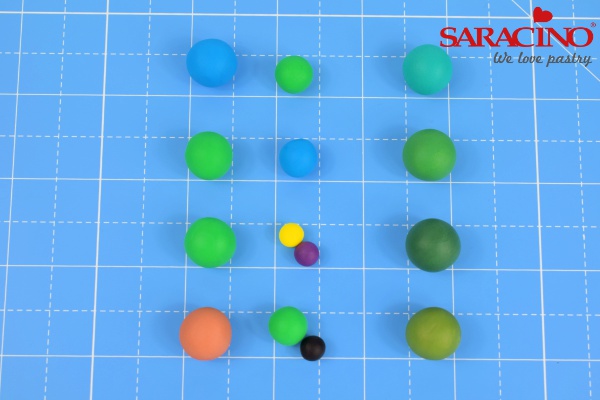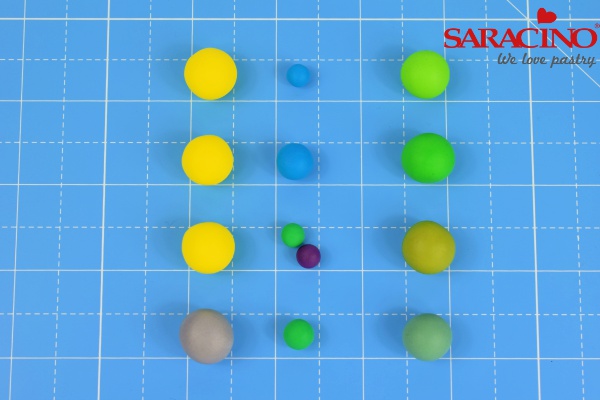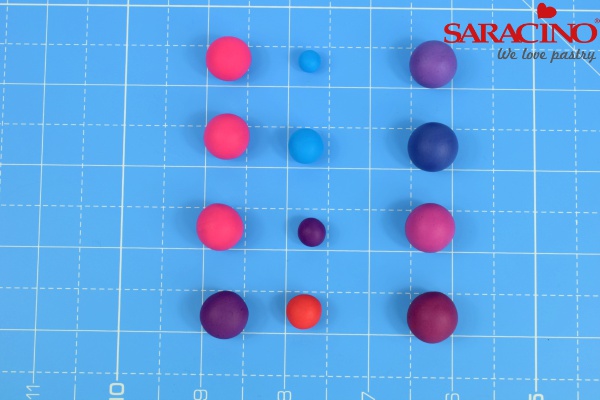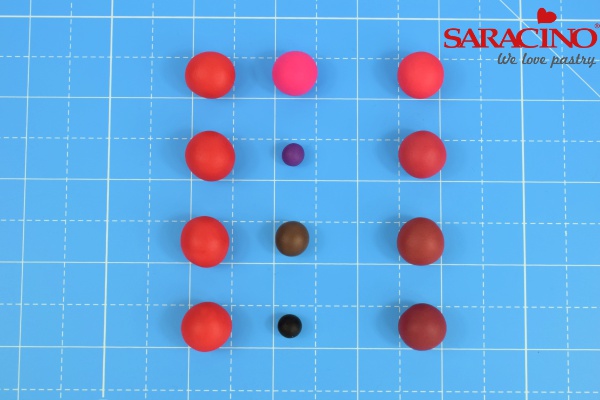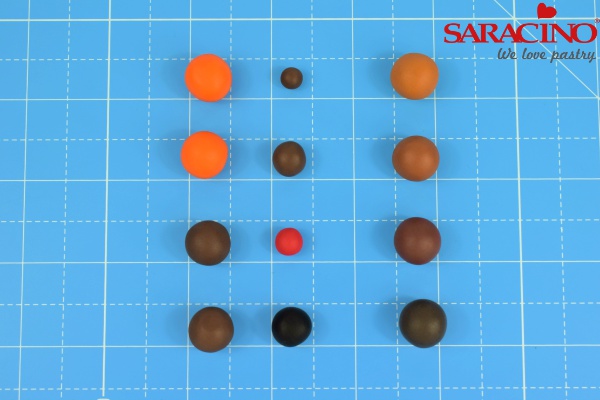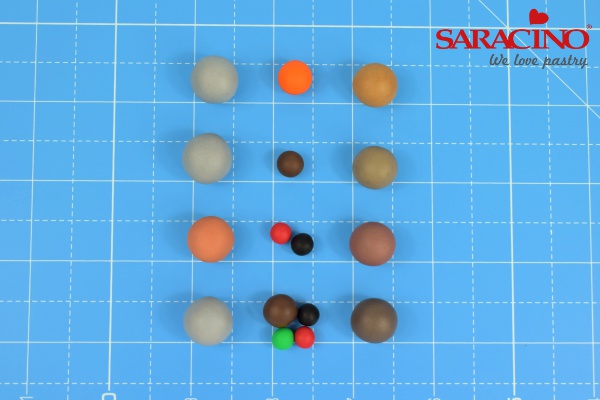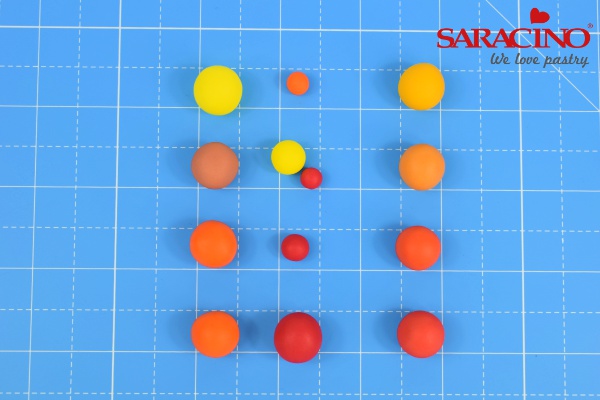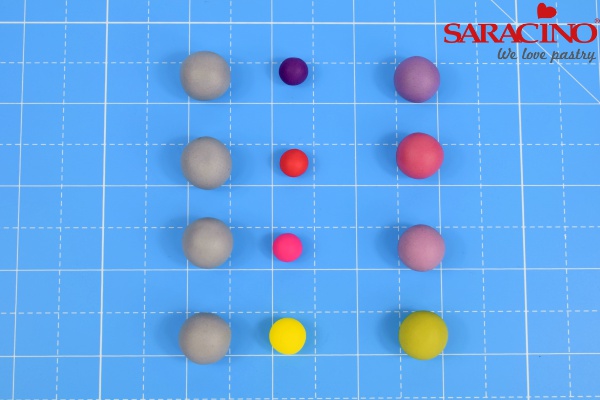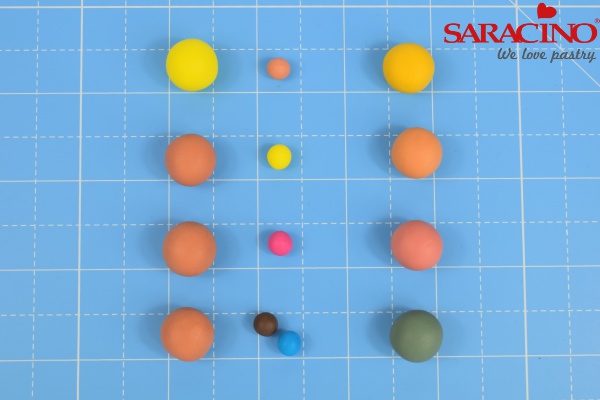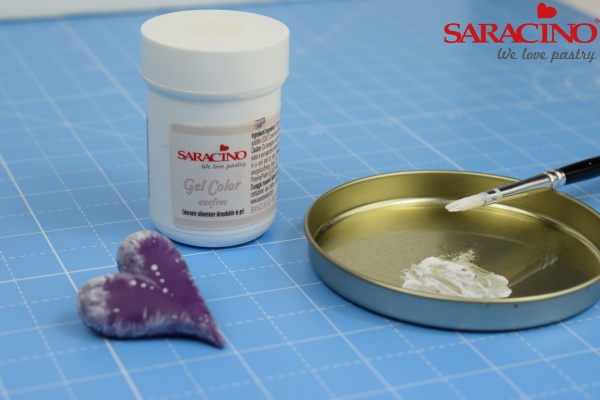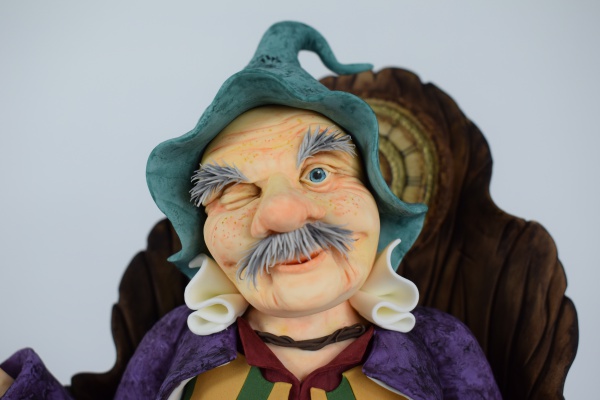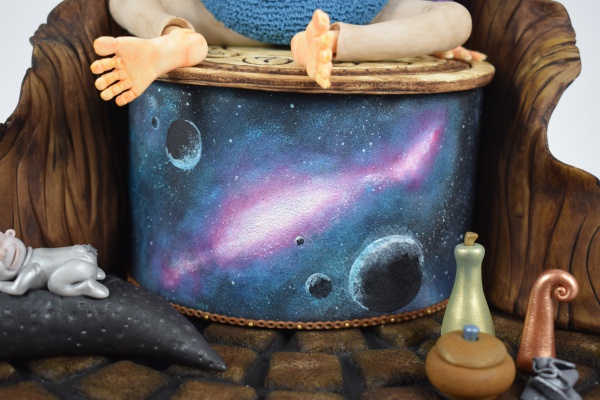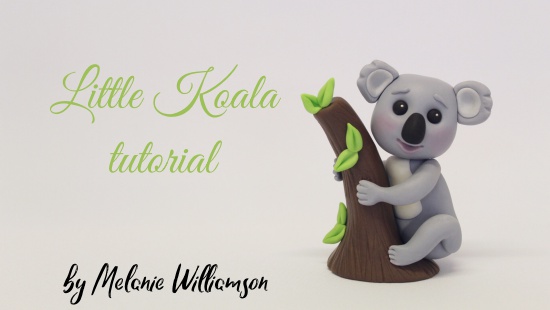
CREATE THIS LITTLE KOALA
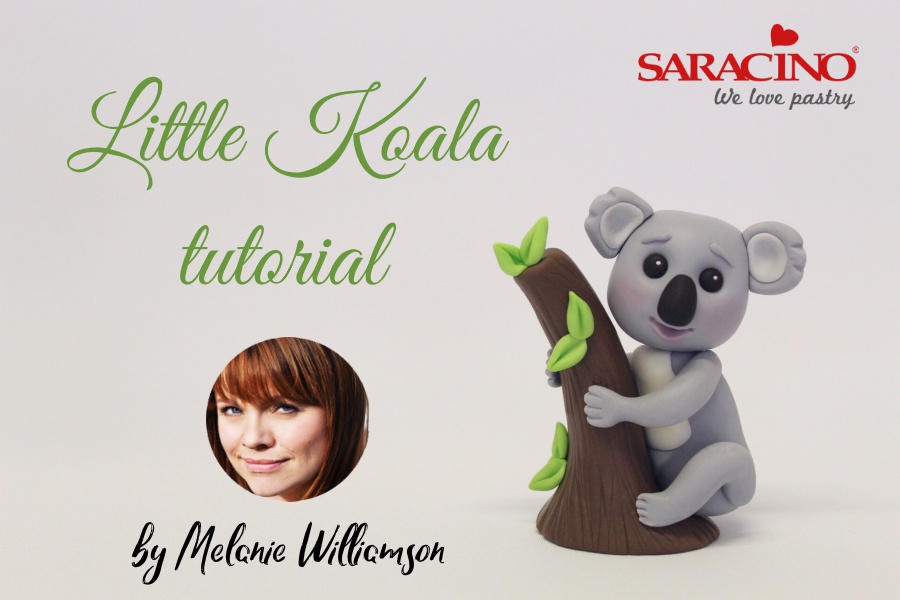
You will need:
-
- 60g Saracino modelling paste coloured grey
- 40g Saracino modelling paste coloured browN
- 2g black Saracino modelling paste
- 2g light green Saracino modelling paste
- 1g white Saracino modelling paste
- Black colouring
- Brown colouring
- Cake gel or other edible glue
- Pink edible dust
- Dresden tool
- Veiner tool
- Paintbrush for gluing
- Small soft brush for dusting
- Craft knife
- Large, medium, small and extra small ball tool

Step 1
Colour 40g of modelling paste brown
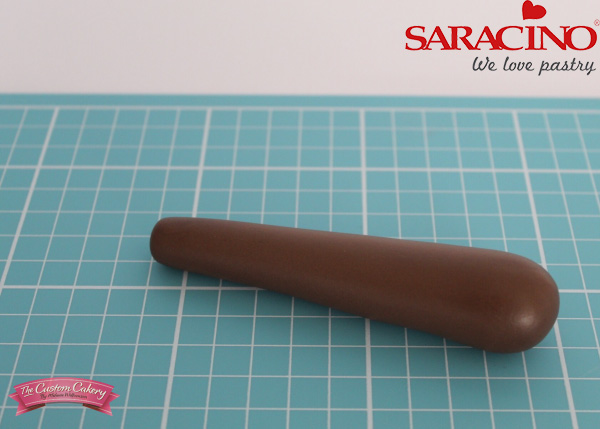
Step 2
Roll into a cone shape
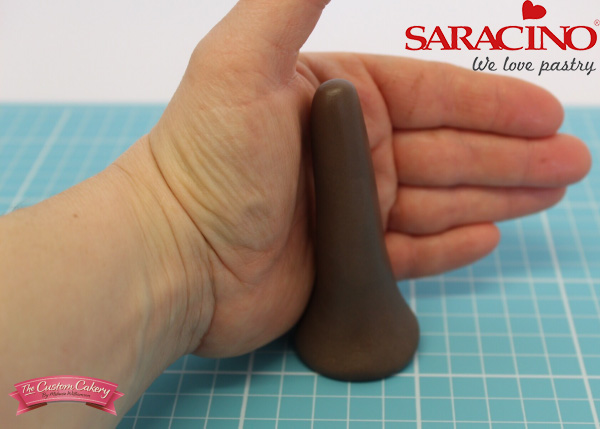
Step 3
Flatten and widen the base, smoothing with your hand, and create a slight bend in the trunk
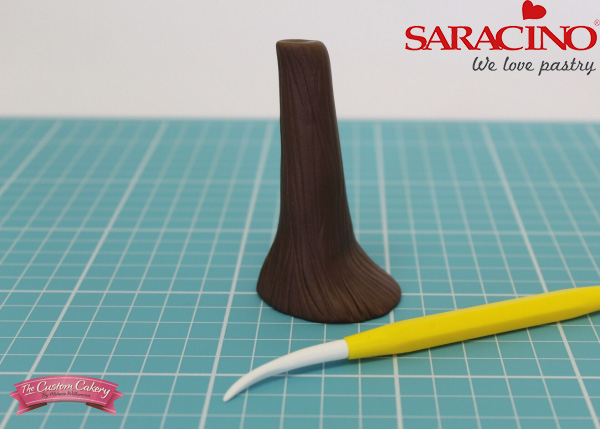
Step 4
Score the trunk with the veiner tool to create a bark effect. Set to one side

Step 5
Colour 60g of modelling paste grey. You’ll only need a little black gel. Remember you can always add more!
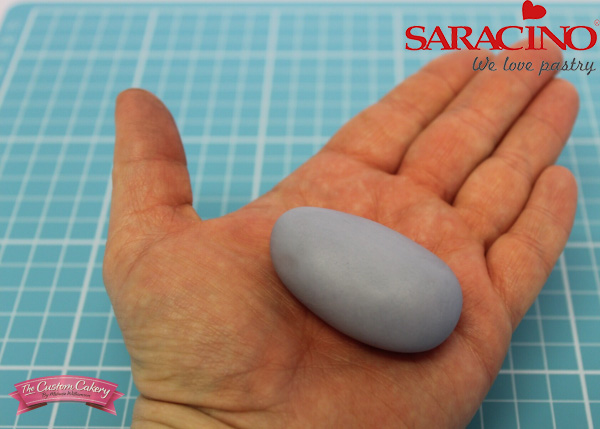
Step 6
Roll 25g of the grey paste into an ovoid
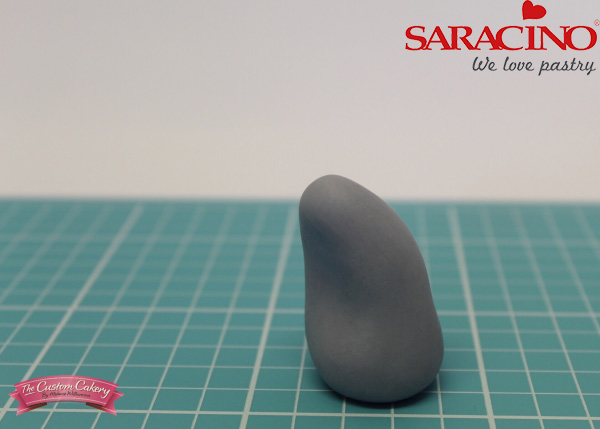
Step 7
Place down, slightly flattening the bottom and arching to create the koala’s body
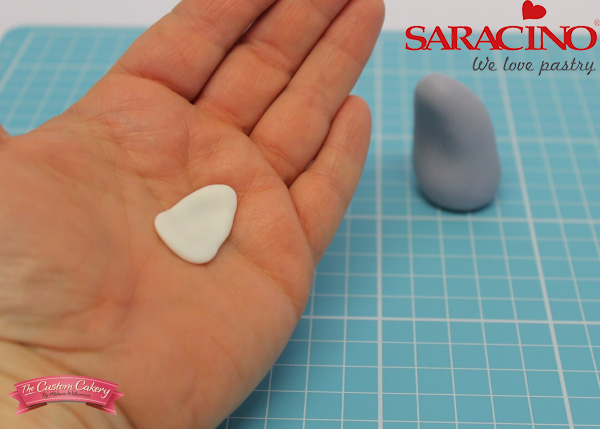
Step 8
Take a very small ball of white modelling paste, flatten and shape in your hand to create a rough triangle
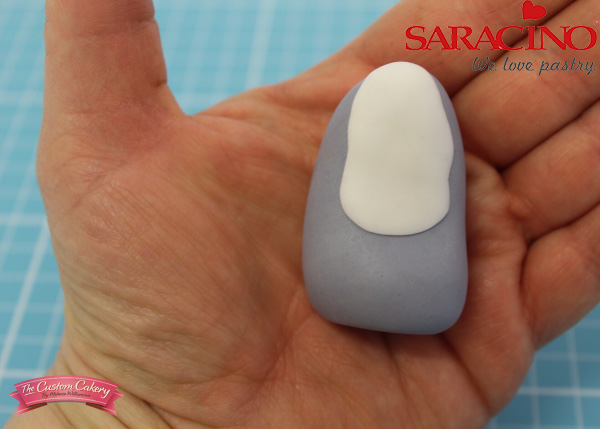
Step 9
Place this onto the koala’s body as shown (when attaching small pieces of Saracino paste together you don’t need to use any glue)
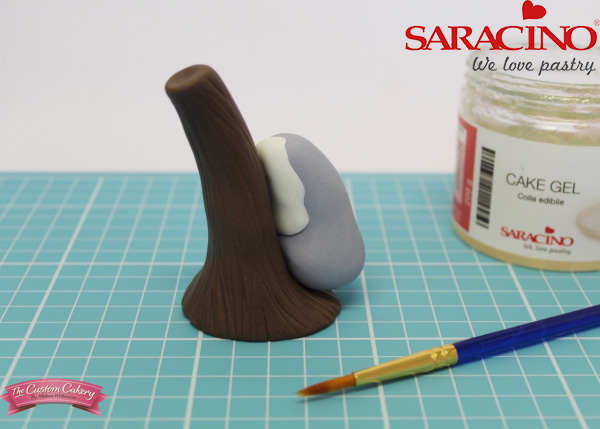
Step 10
Use a little cake gel as glue, or cool boiled water, and position the koala onto the base of
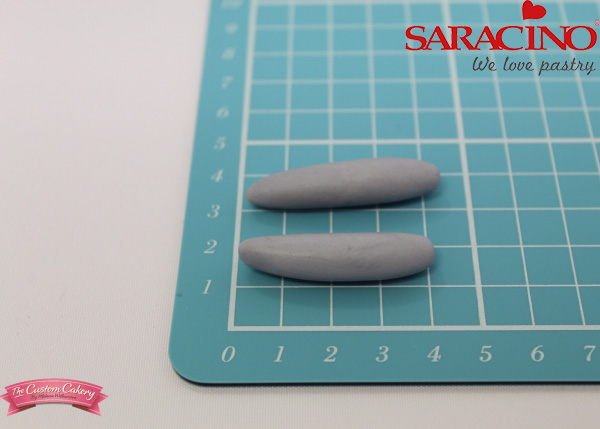
Step 11
To make the legs roll 4g of grey modelling paste into two sausages (2g each)
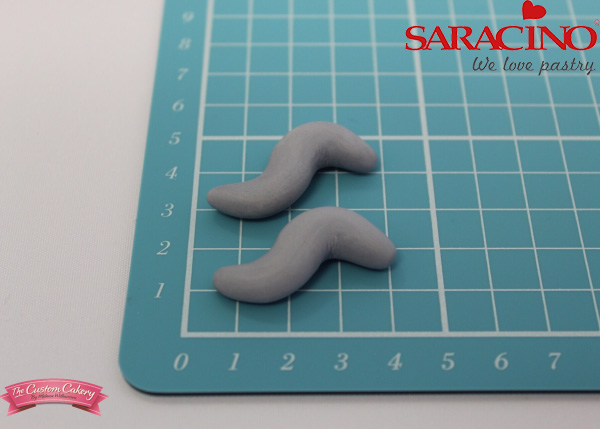
Step 12
Shape these into a loose ‘S’ shape
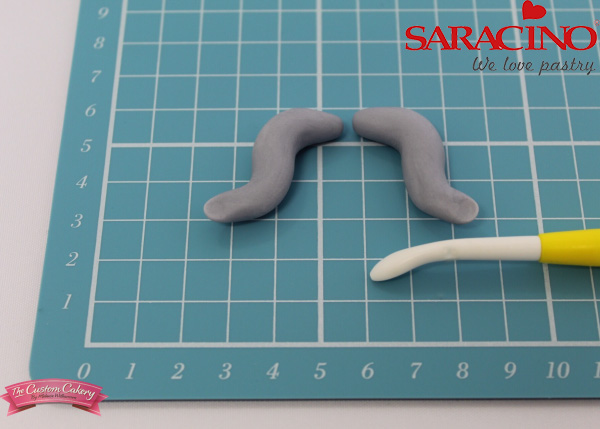
Step 13
Flatten the end of each leg with the dresden tool or your finger to create paws

Step 14
Use the veiner tool to mark claws
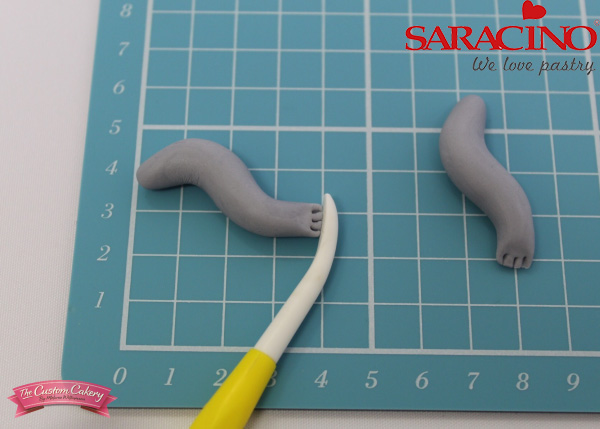
Step 15
Soften the edges with your finger or the dresden tool
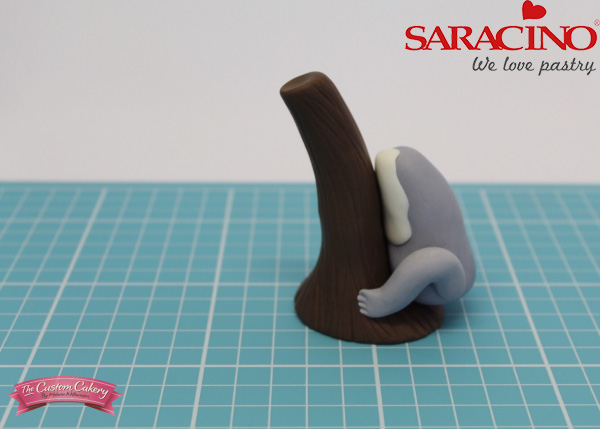
Step 16
Add the legs to the koala’s body, placing some glue on both the trunk and the koala
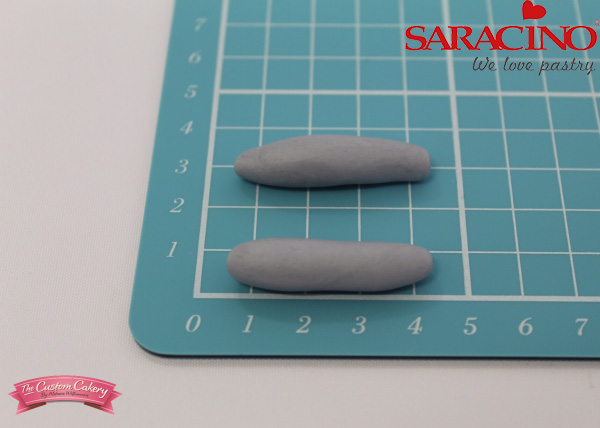
Step 17
To make the arms again roll 2 sausages using 4g of grey modelling paste (2g each).
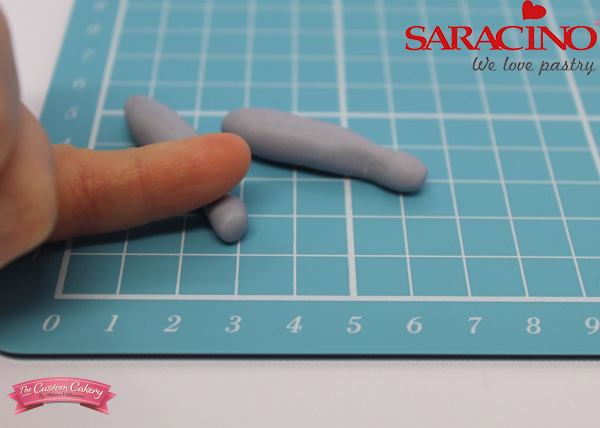
Step 18
Use your little finger to gently roll and define a paw at the end of each arm
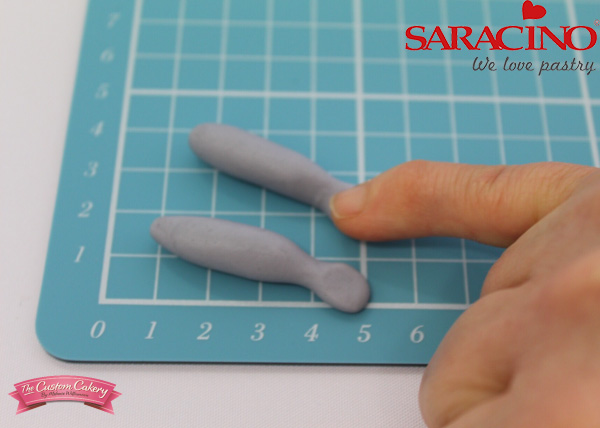
Step 19
Flatten each paw
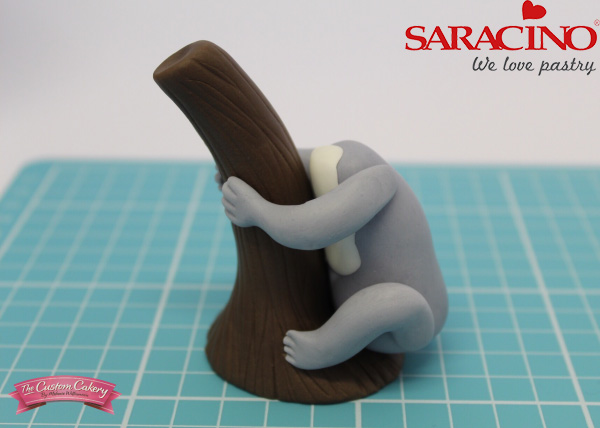
Step 20
Slightly bend each arm and glue into position so the koala can hug the tree!
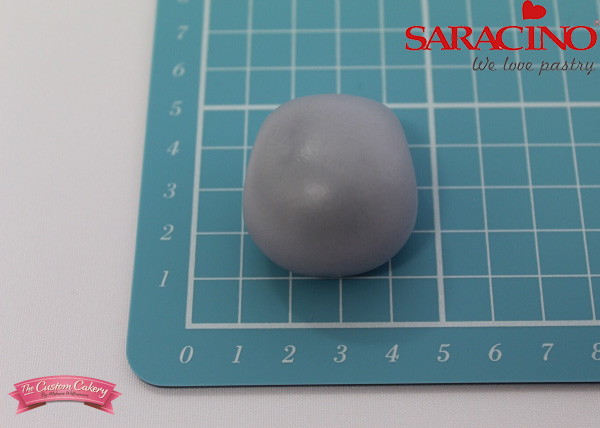
Step 21
Roll 25g of grey modelling paste into a ball and slightly square off the top and sides to create the head shape
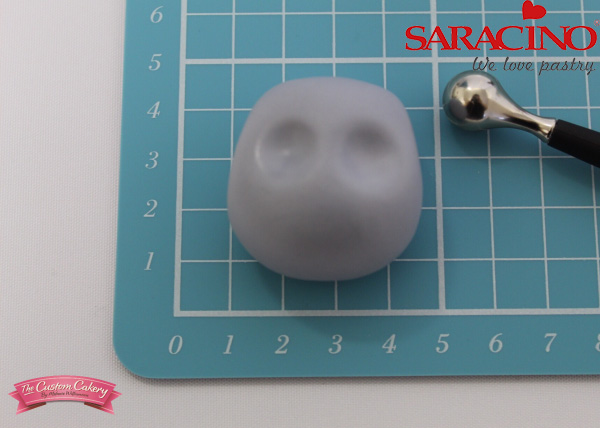
Step 22
Use the large ball tool to indent eyes midway up the face
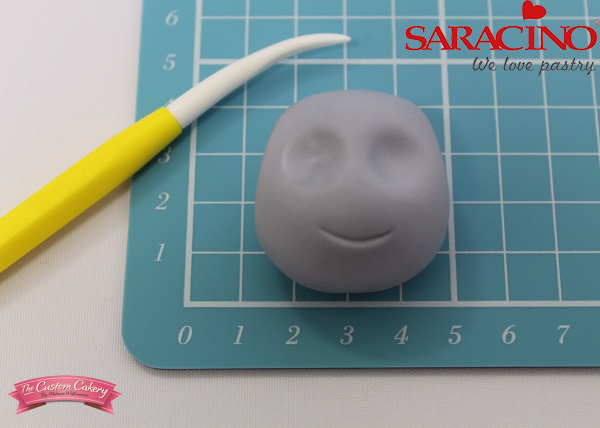
Step 23
Mark a line for the mouth with the veiner tool
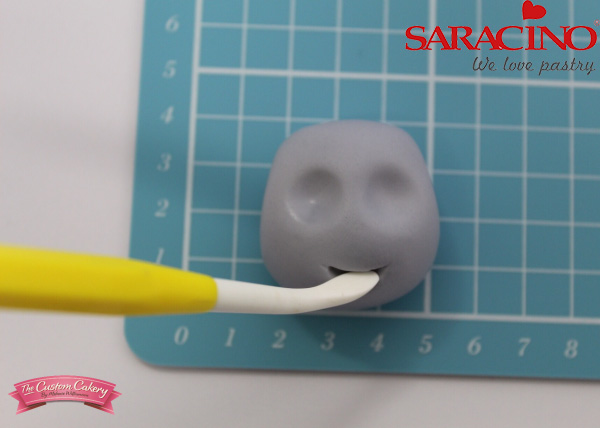
Step 24
Use the dresden tool to open up the mouth
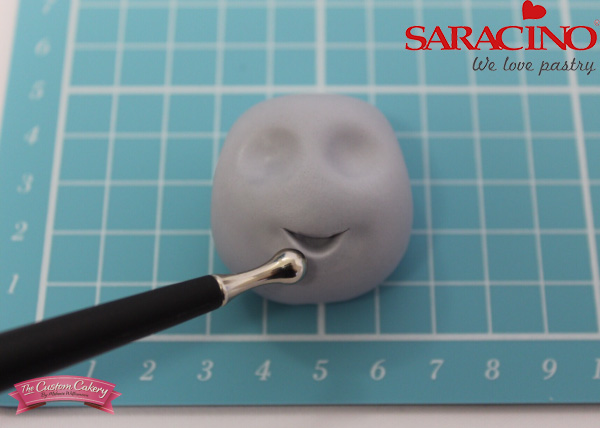
Step 25
Run the medium ball tool just below the bottom of the mouth opening to create the bottom lip
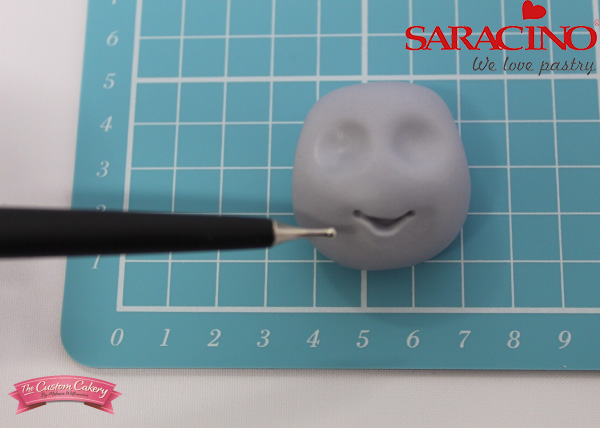
Step 26
Use the small ball tool to mark the outer edges of the mouth
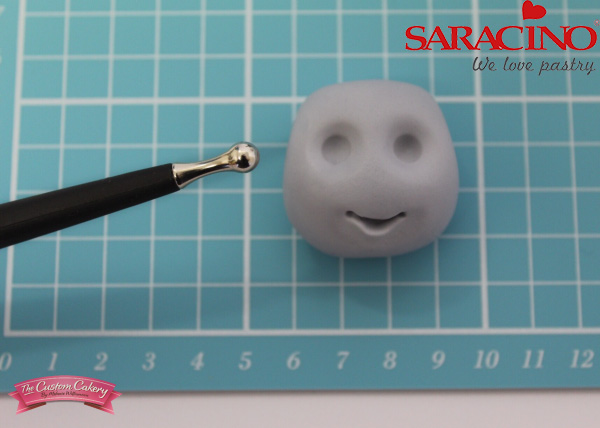
Step 27
Create deeper eye sockets using the medium ball tool
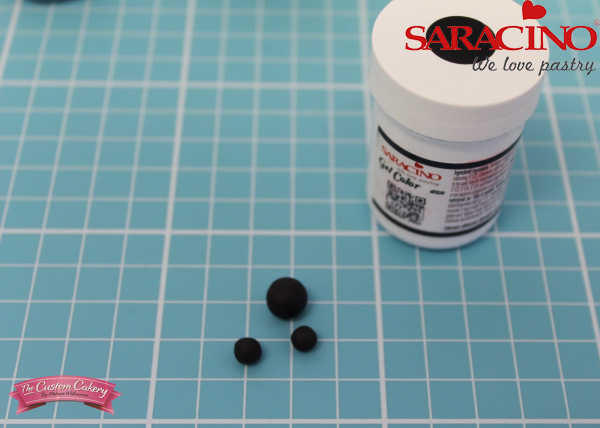
Step 28
Roll 3 balls of black modelling paste as shown. Put the larger to one side for the nose. The smaller two are the for the eyes. These are too small to weigh but should be about the size of petit pois!
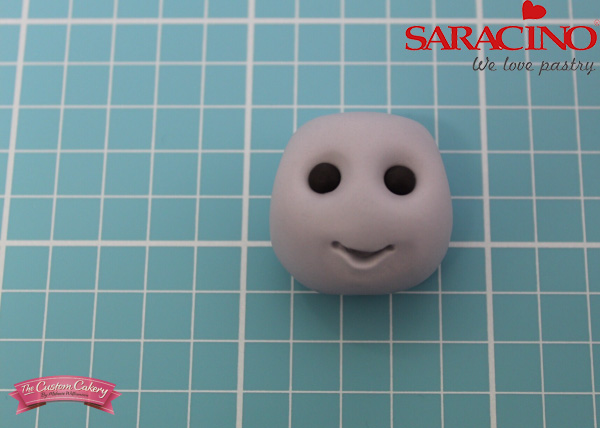
Step 29
Drop the eyes into the sockets. If they’re too large or small simply remove and try again
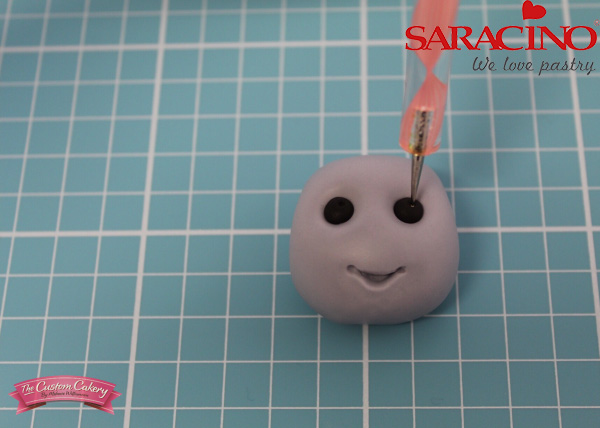
Step 30
Use the very small ball tool to make tiny holes in the top right of each eye for highlights
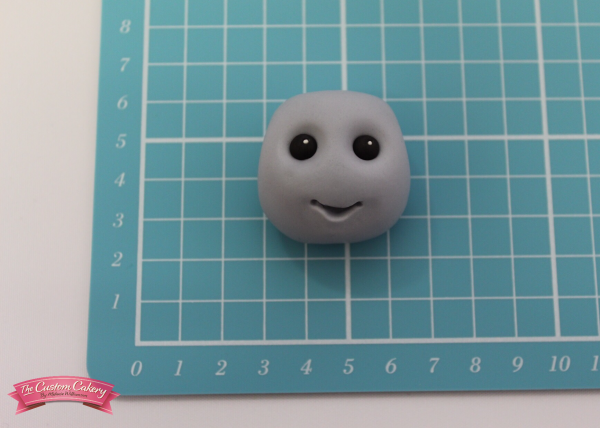
Step 31
Roll tiny white balls and drop these into those holes, very gently smooth into position.
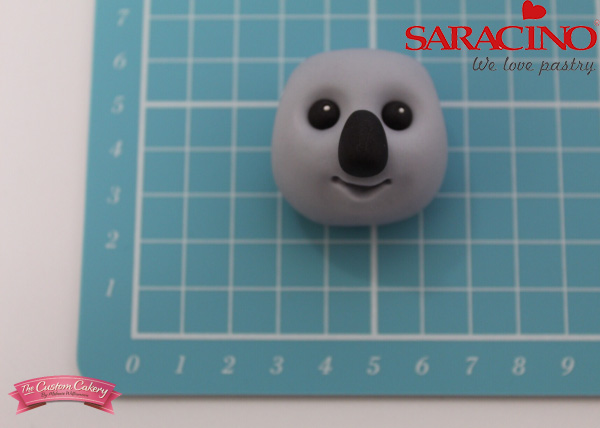
Step 32
Now roll the reserved black paste into an ovoid for the nose and glue into position
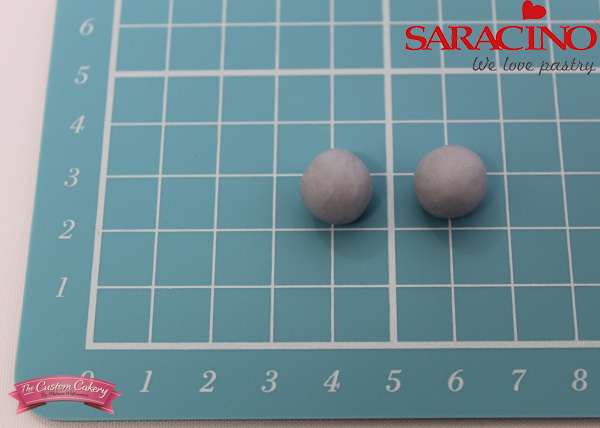
Step 33
For the ears use the remaining 2g of grey modelling paste to make two balls (1g each)
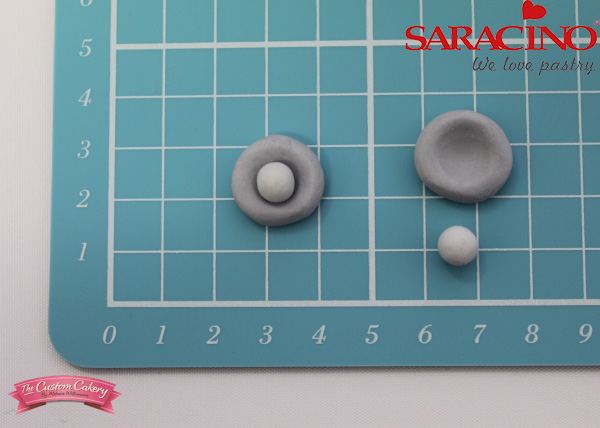
Step 34
Indent these with the large ball tool and roll two small balls of light grey paste, place into the ears
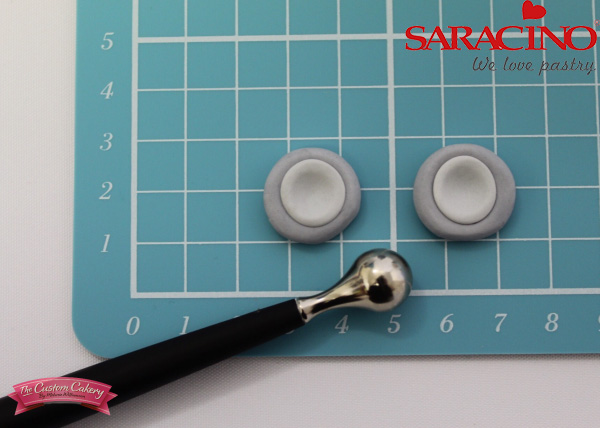
Step 35
Smooth and flatten them with your finger and then indent with the large ball tool
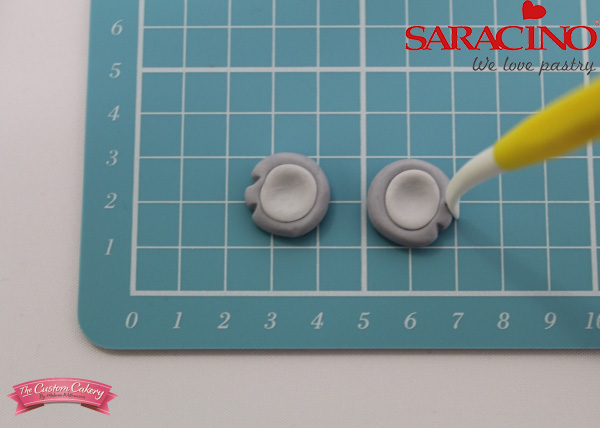
Step 36
Use the veiner tool to mark the sides of each ear as shown
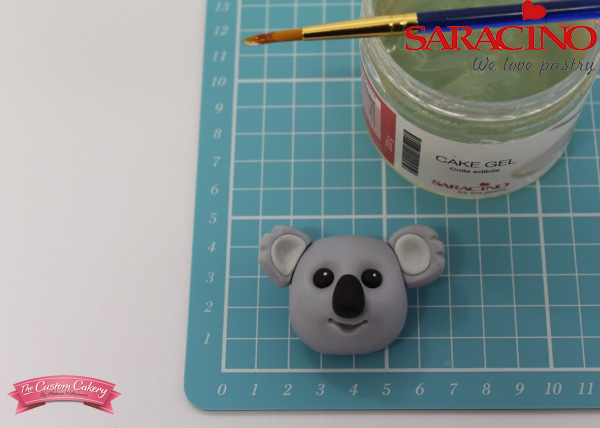
Step 37
Trim each ear with the craft knife to create a flat edge and glue into position on the koala
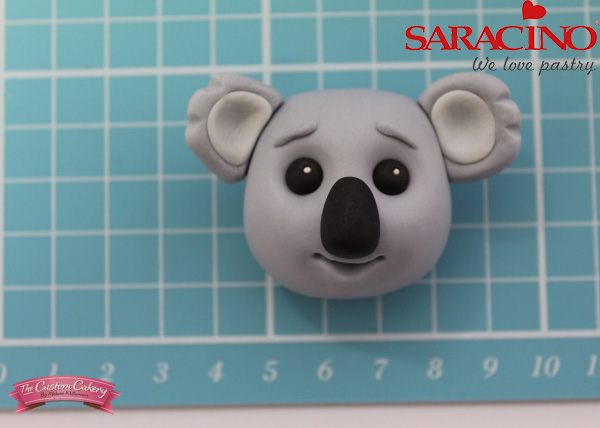
Step 38
Roll two tiny sausages of grey, from the ear cut off, and place into position as eyebrows
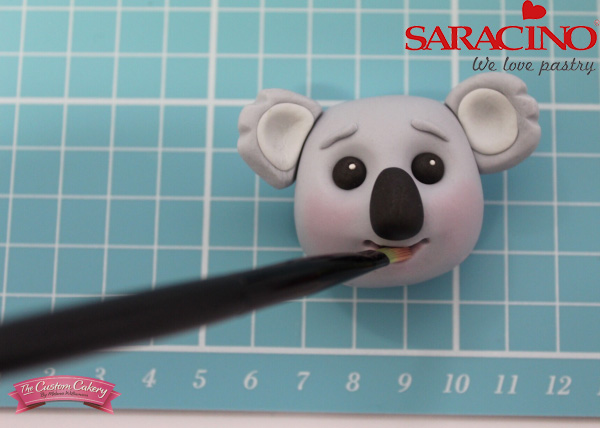
Step 39
Use a soft brush to add a little pink dust to the koala’s cheeks and mouth
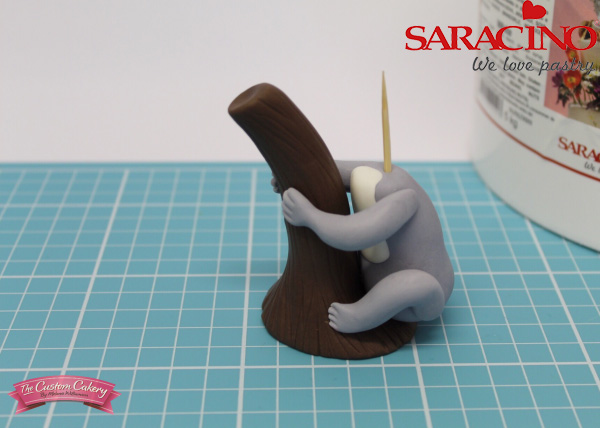
Step 40
Push a cocktail stick into the koala’s body (if for a customer be sure to tell them it’s there)
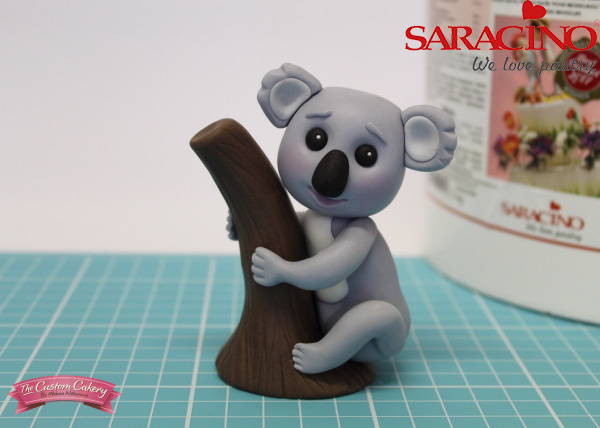
Step 41
Position the head onto the stick – looking cute isn’t he?!
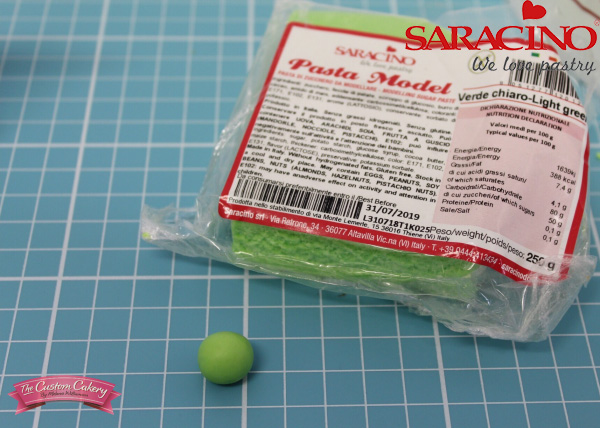
Step 42
To make the leaves use 2g of Light Green modelling paste
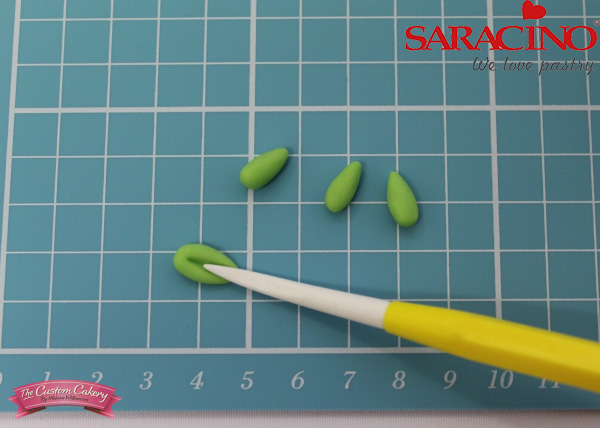
Step 43
Roll into small cones and mark the centre line with the veiner tool
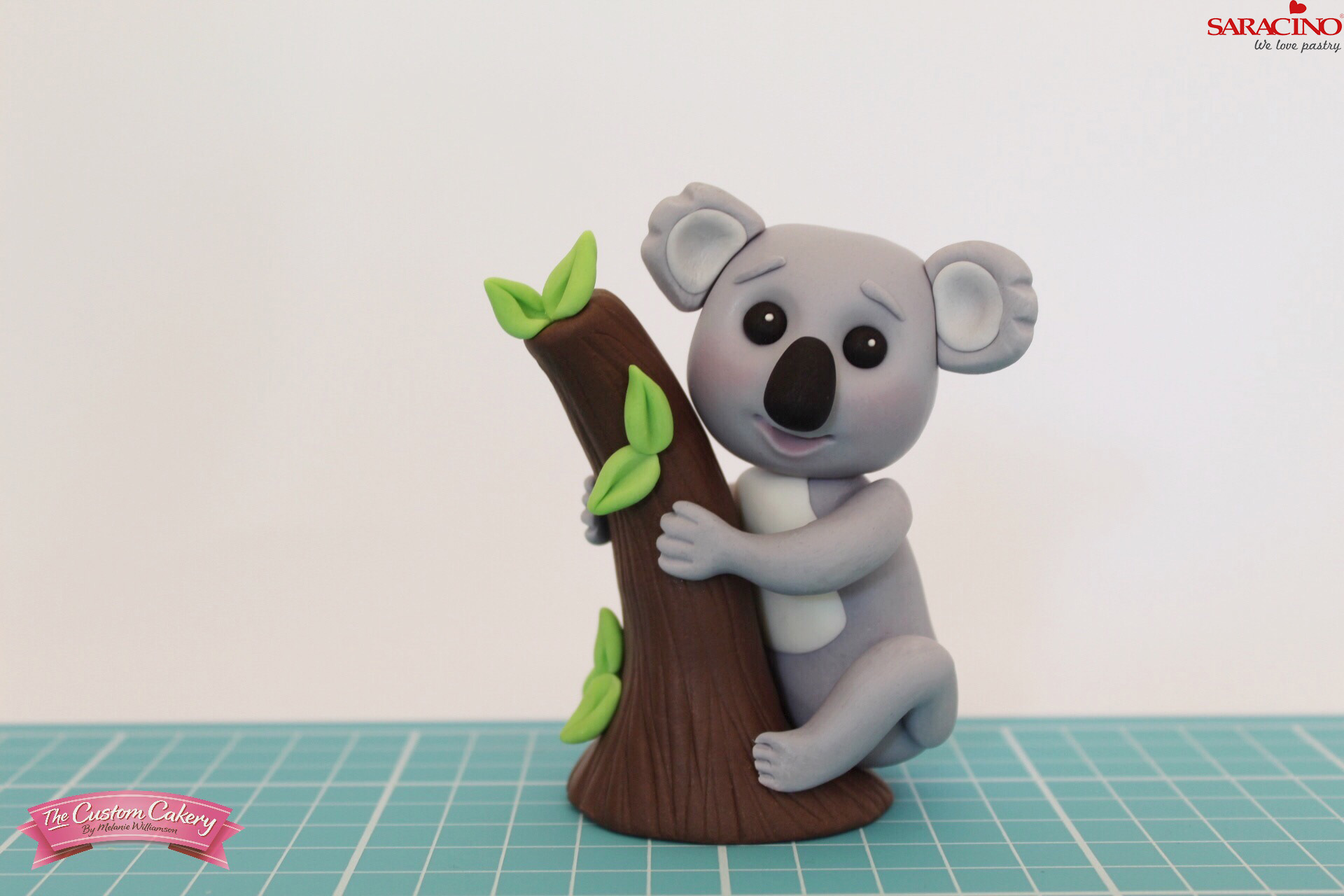
Step 44
Glue into position on the tree and your cute little koala is finished!




